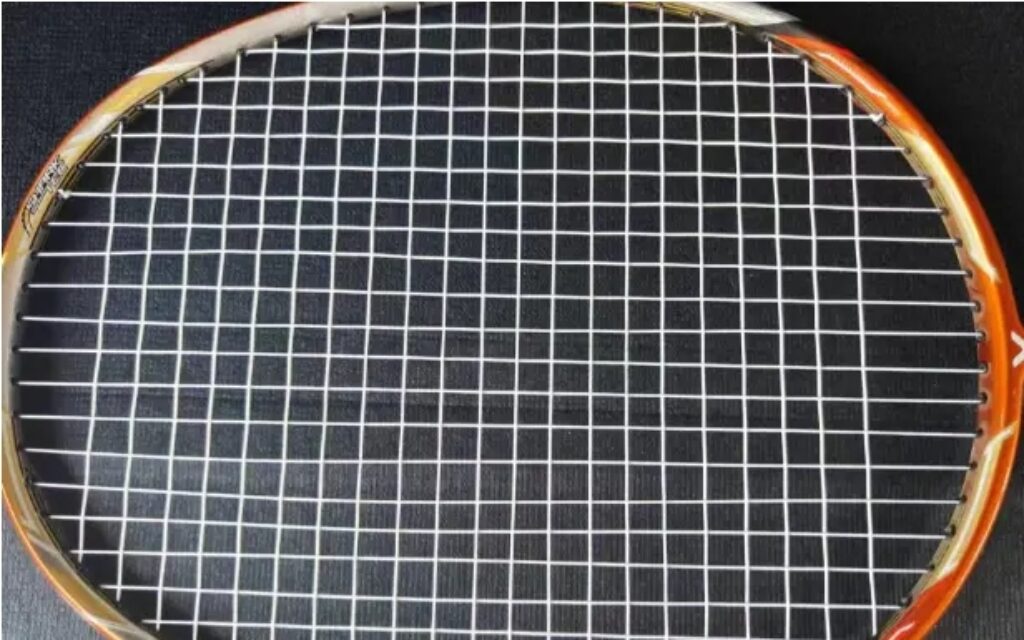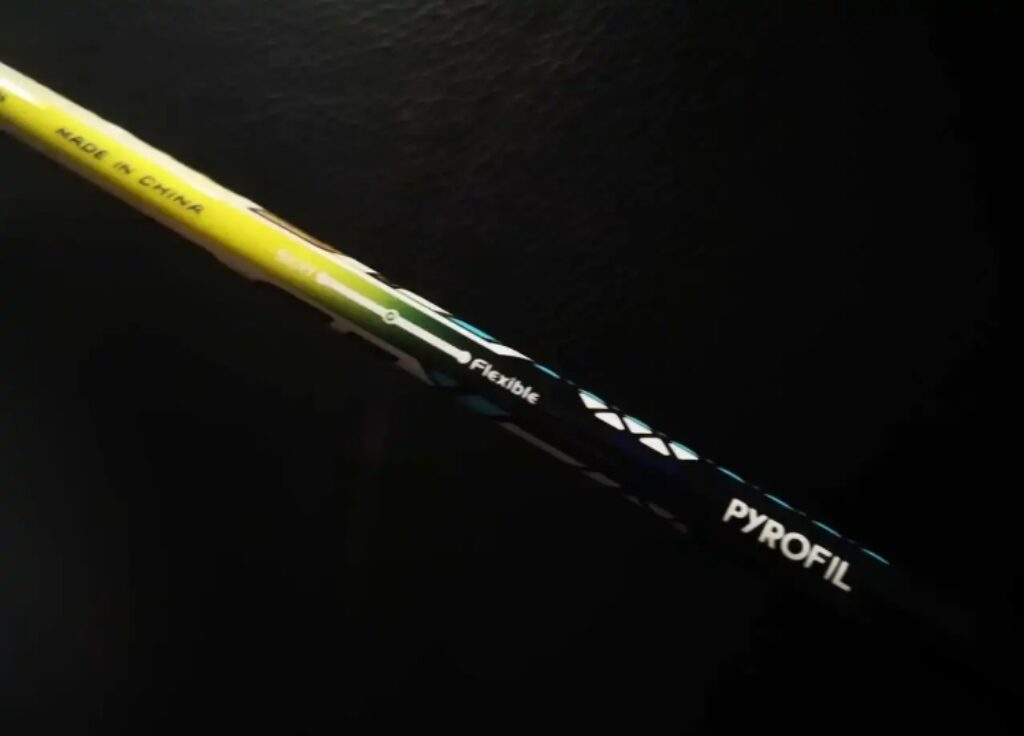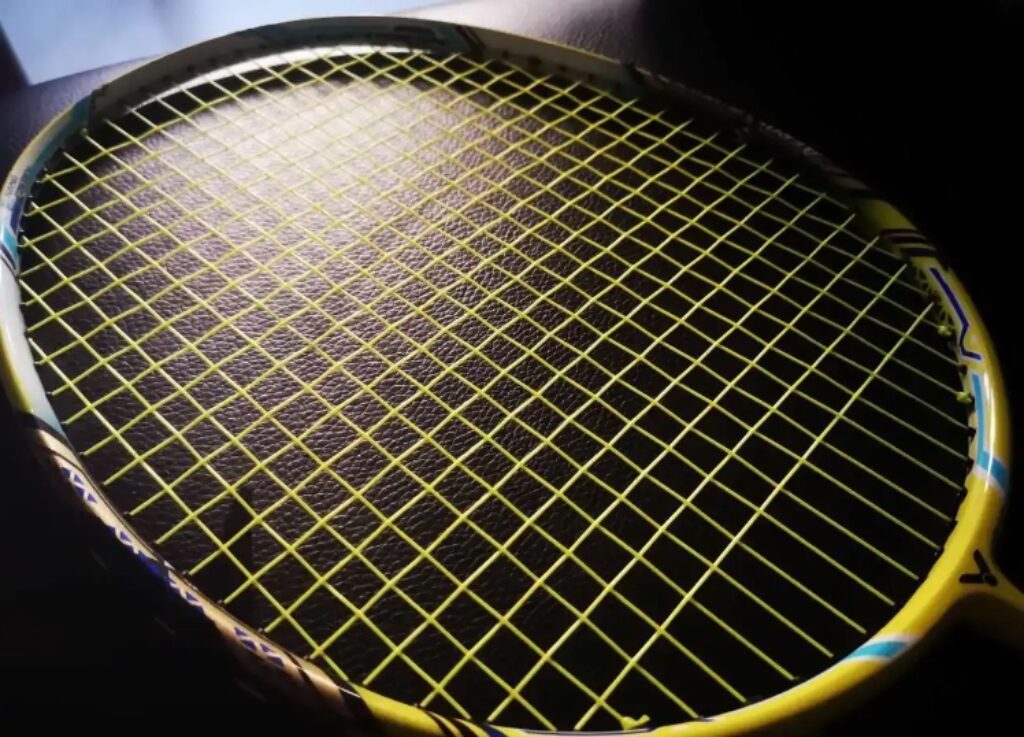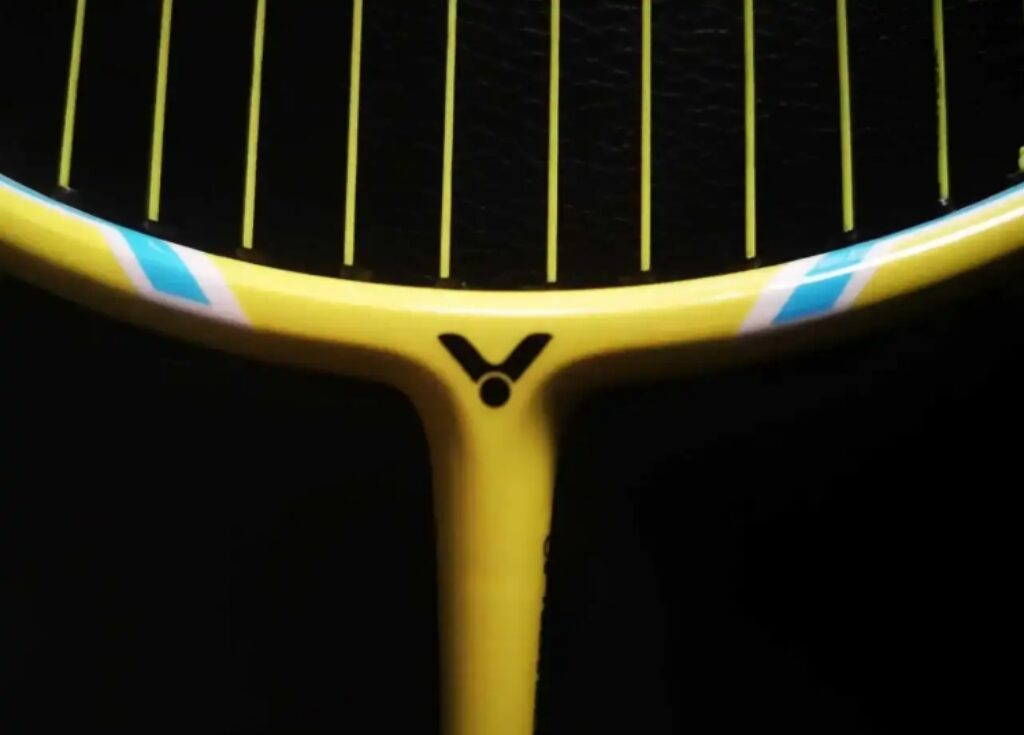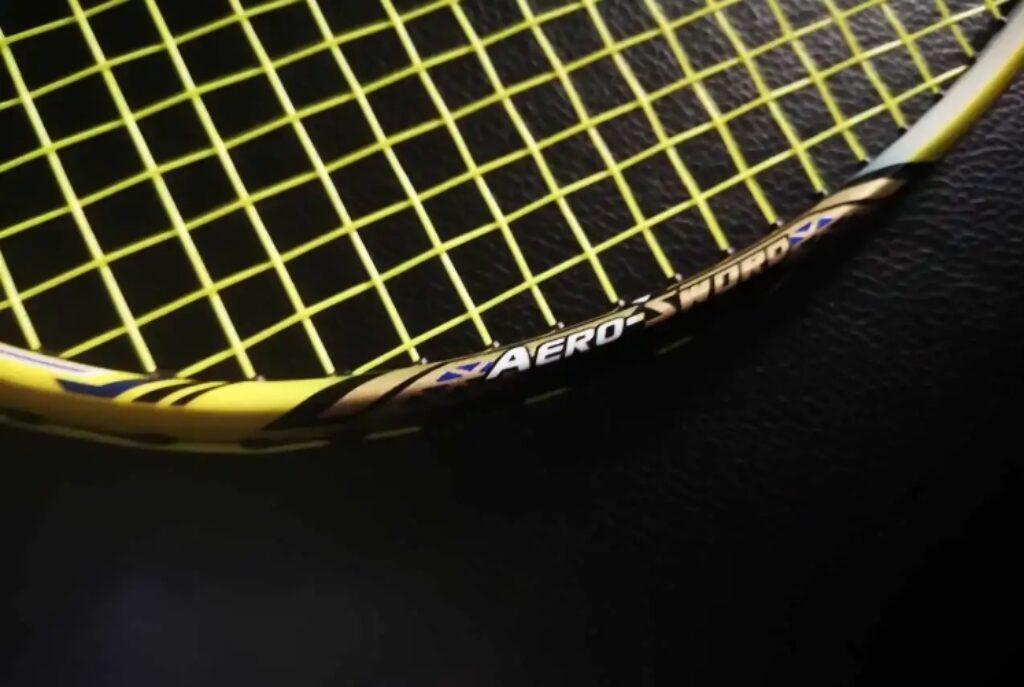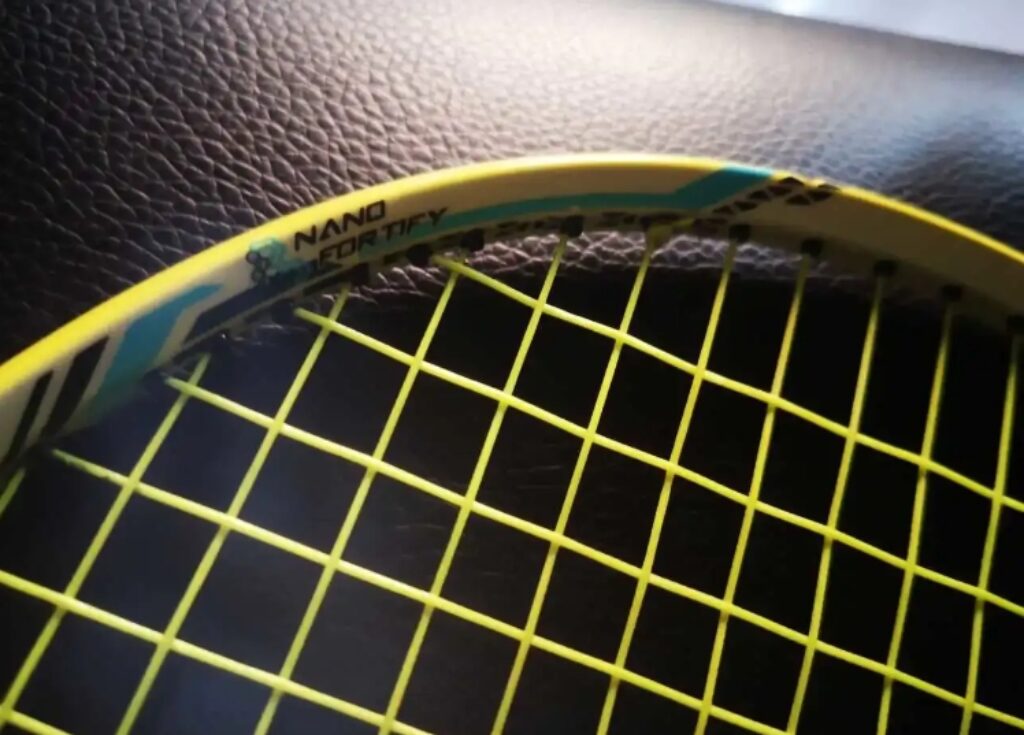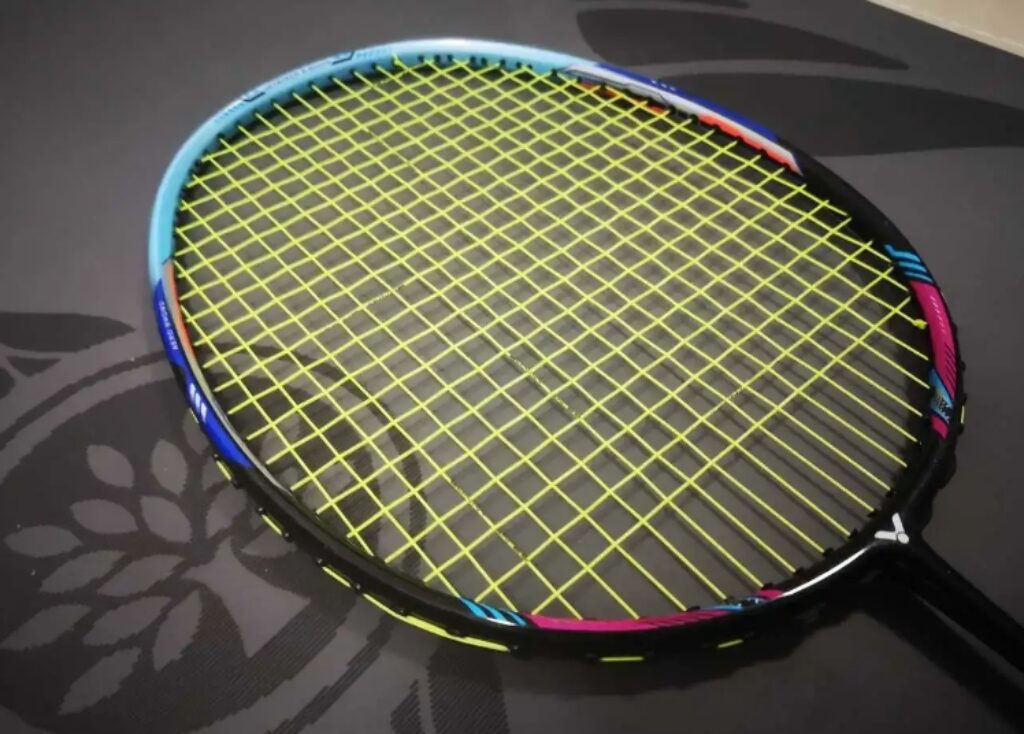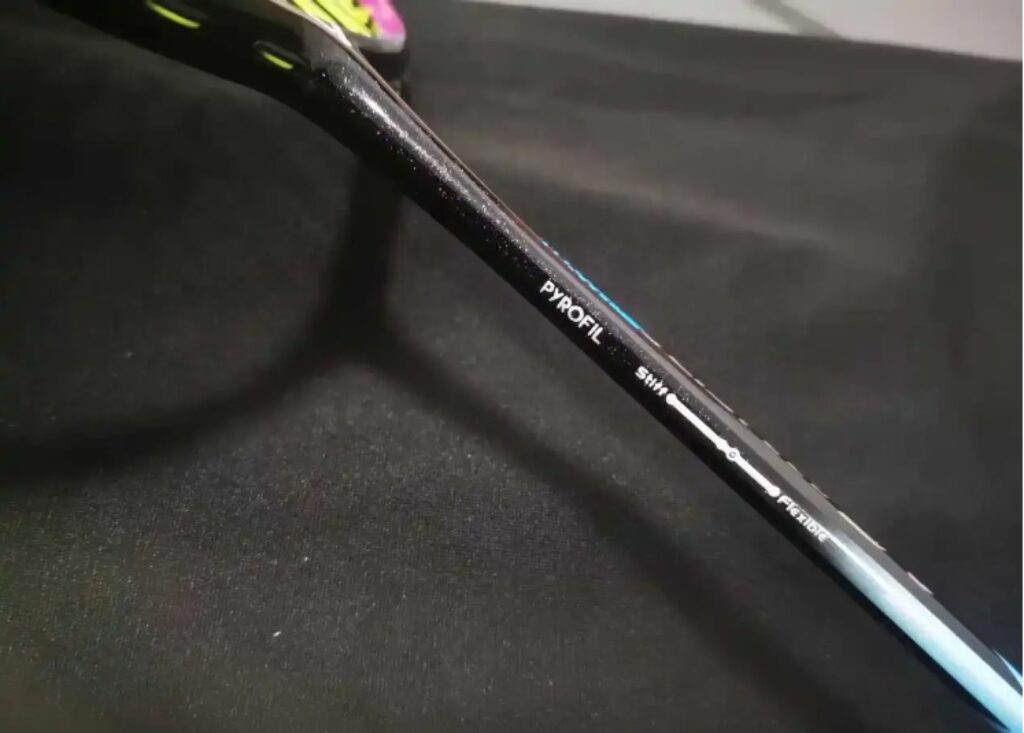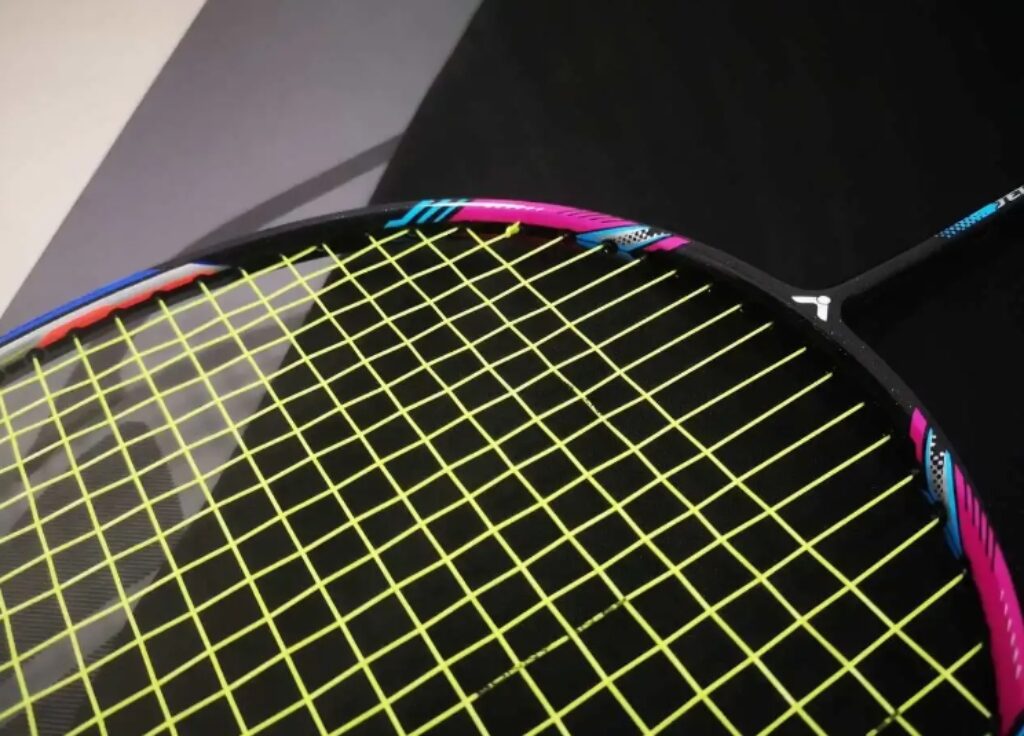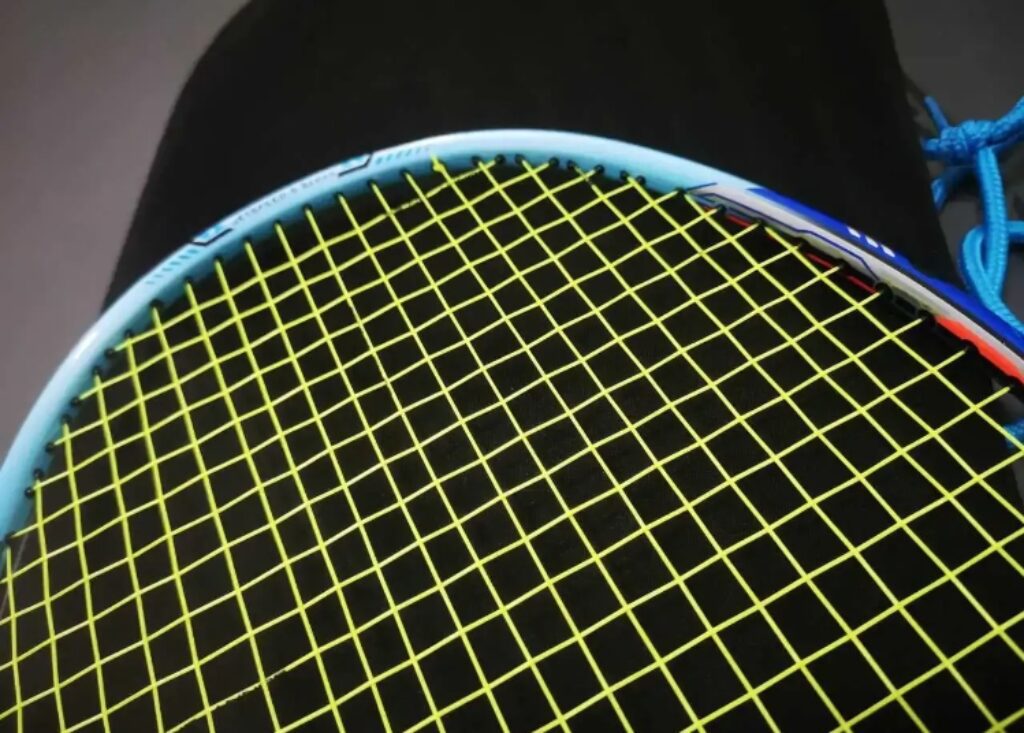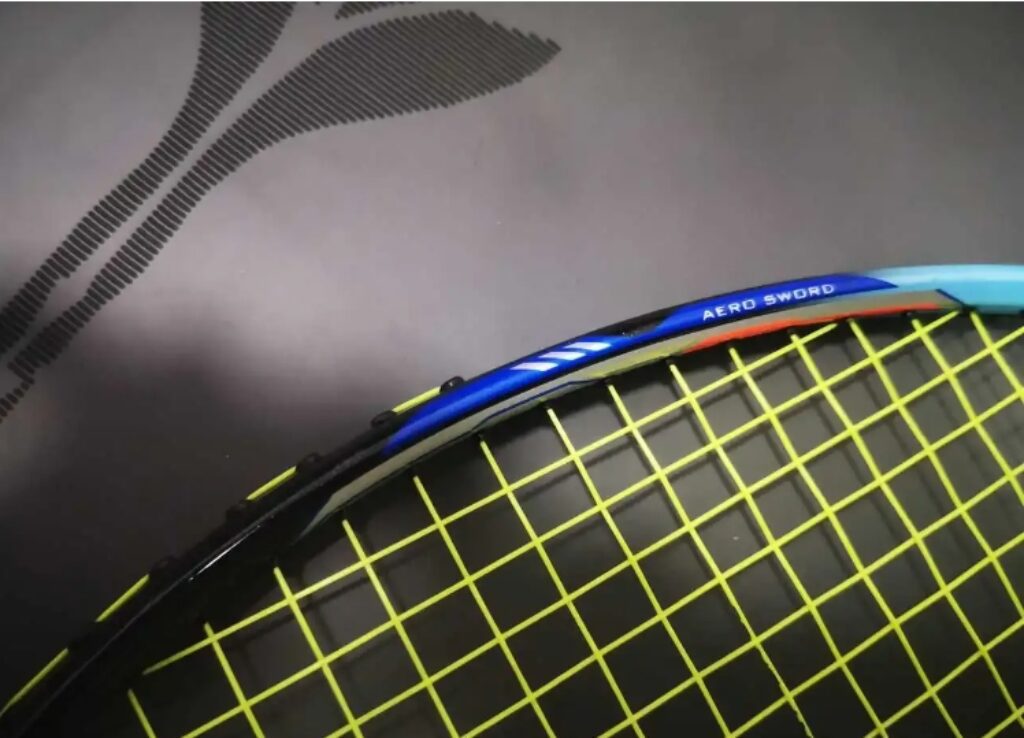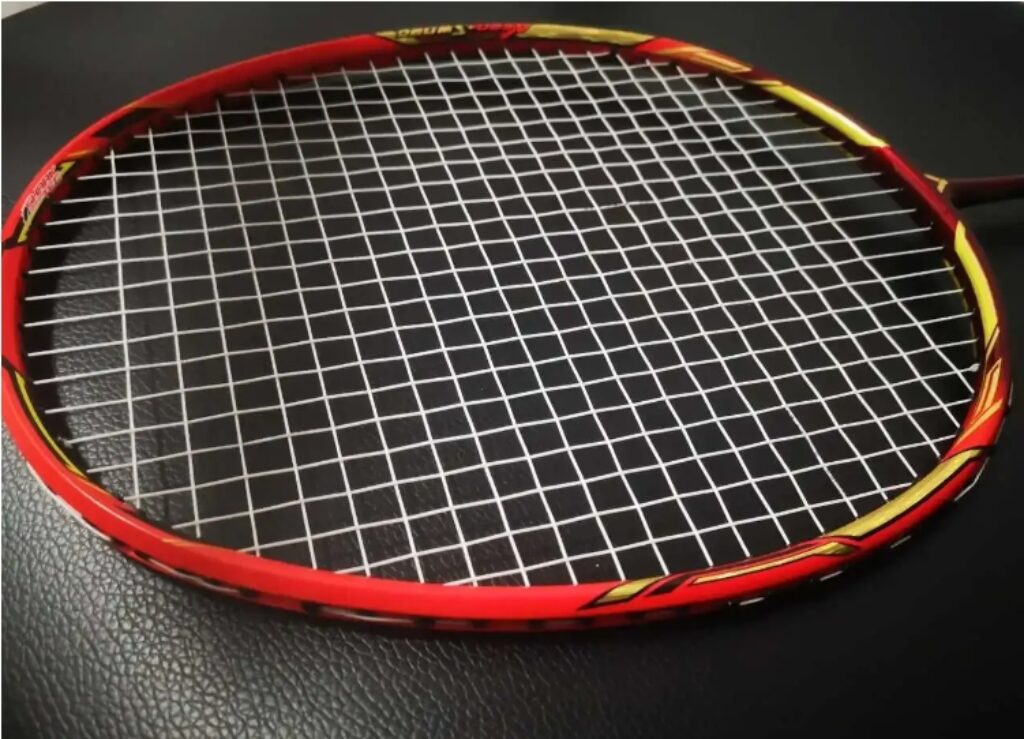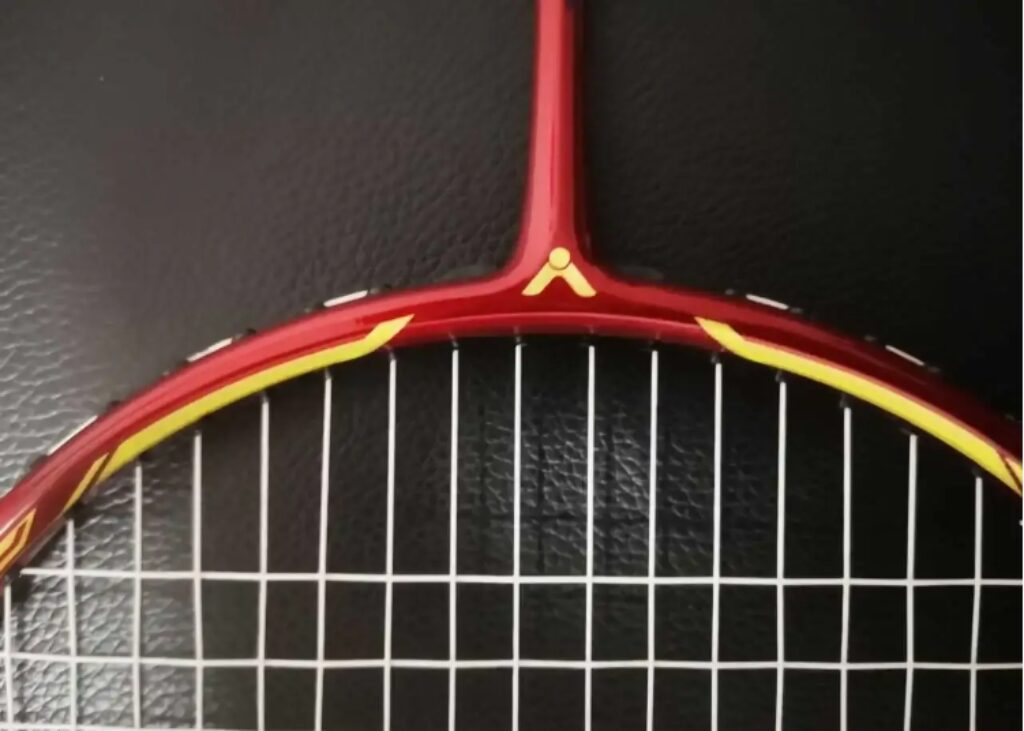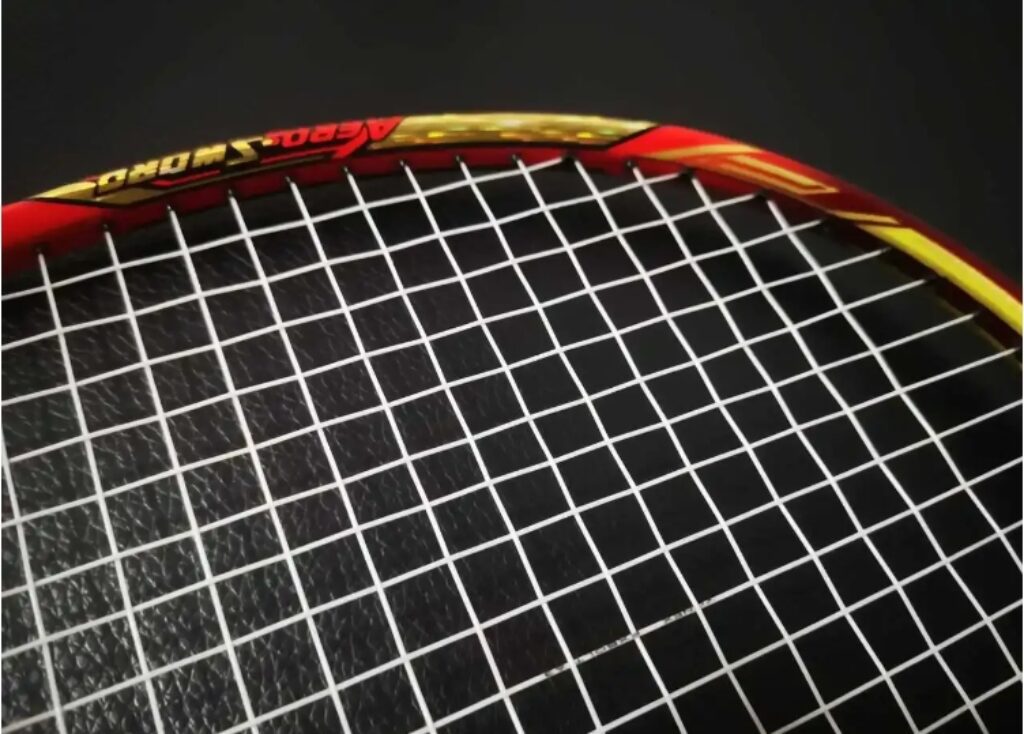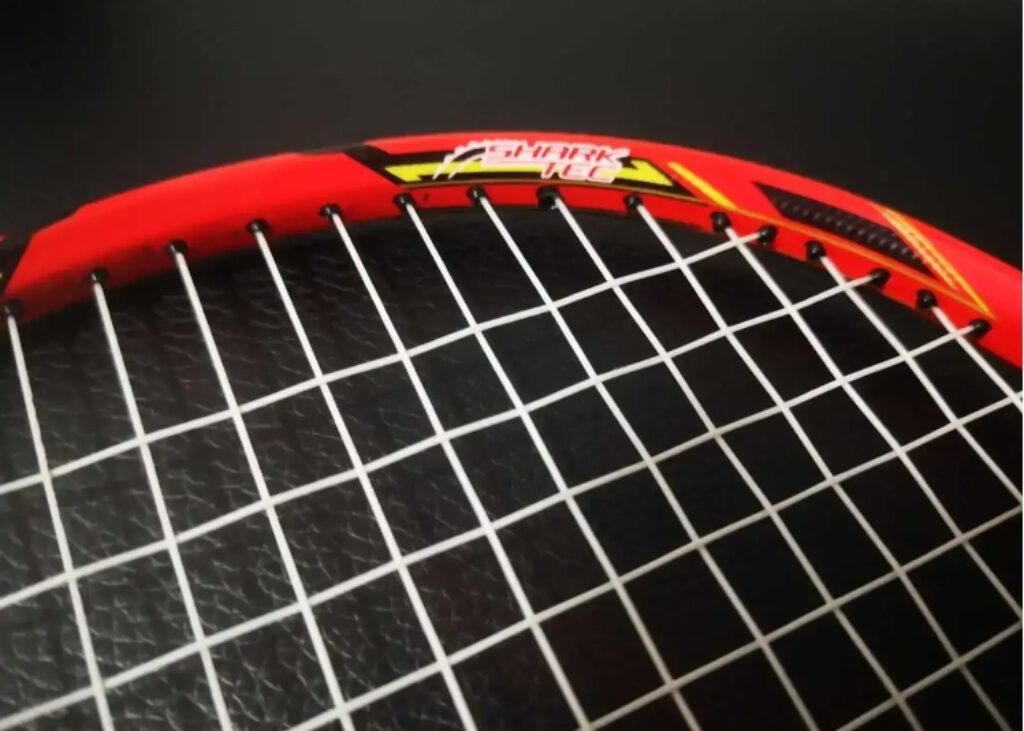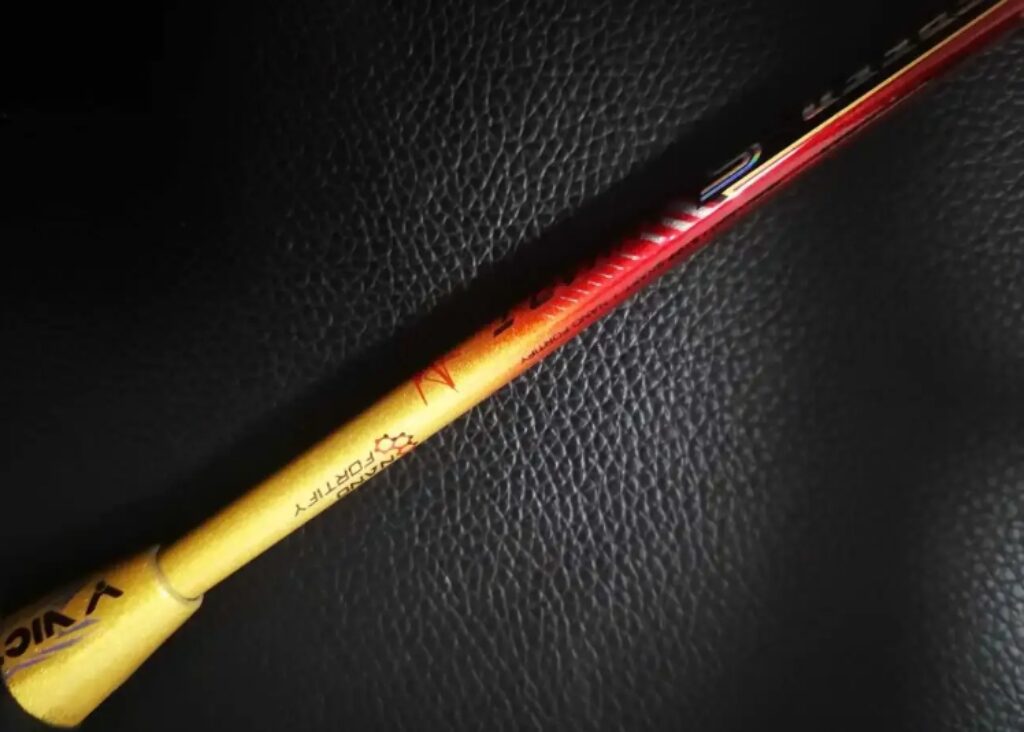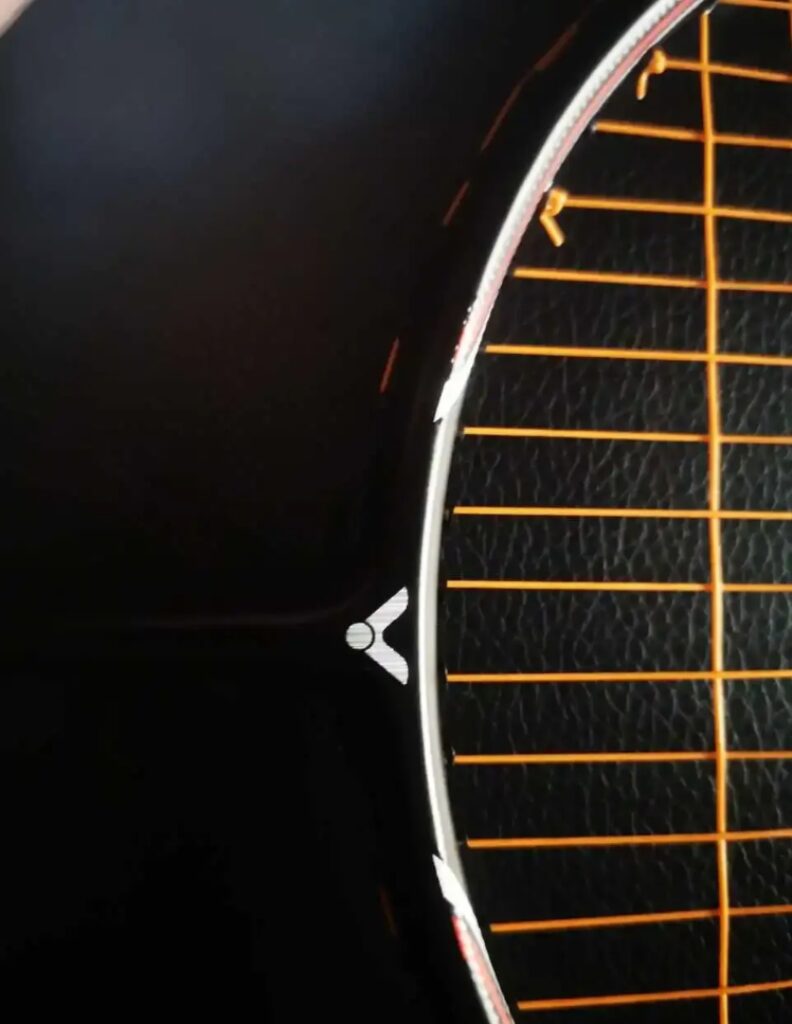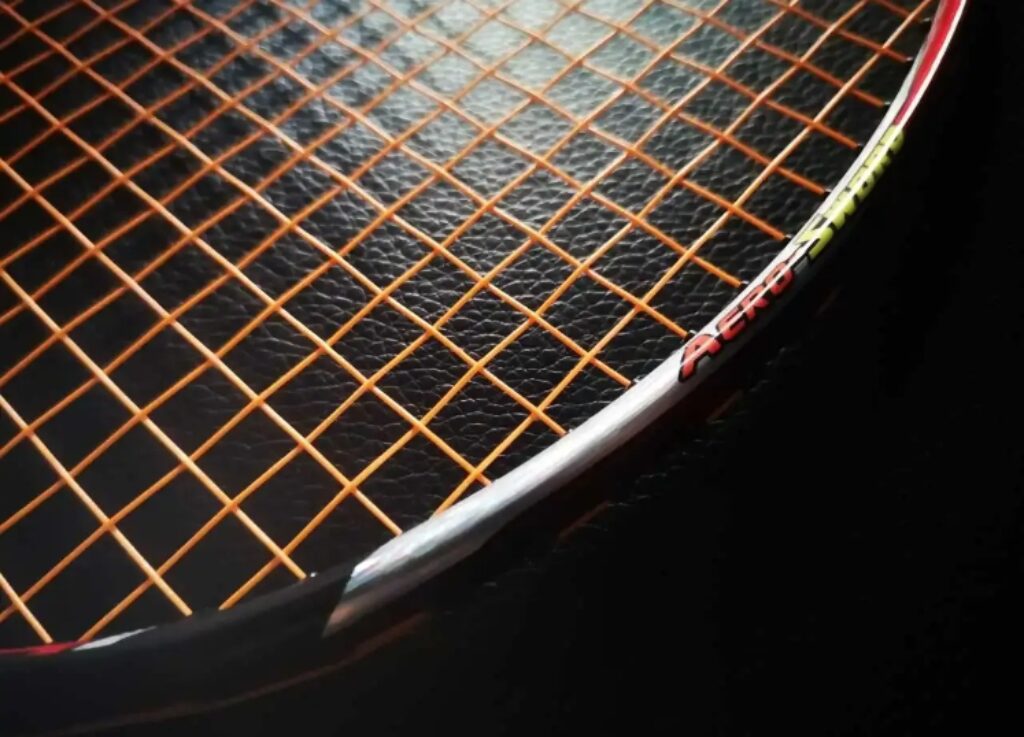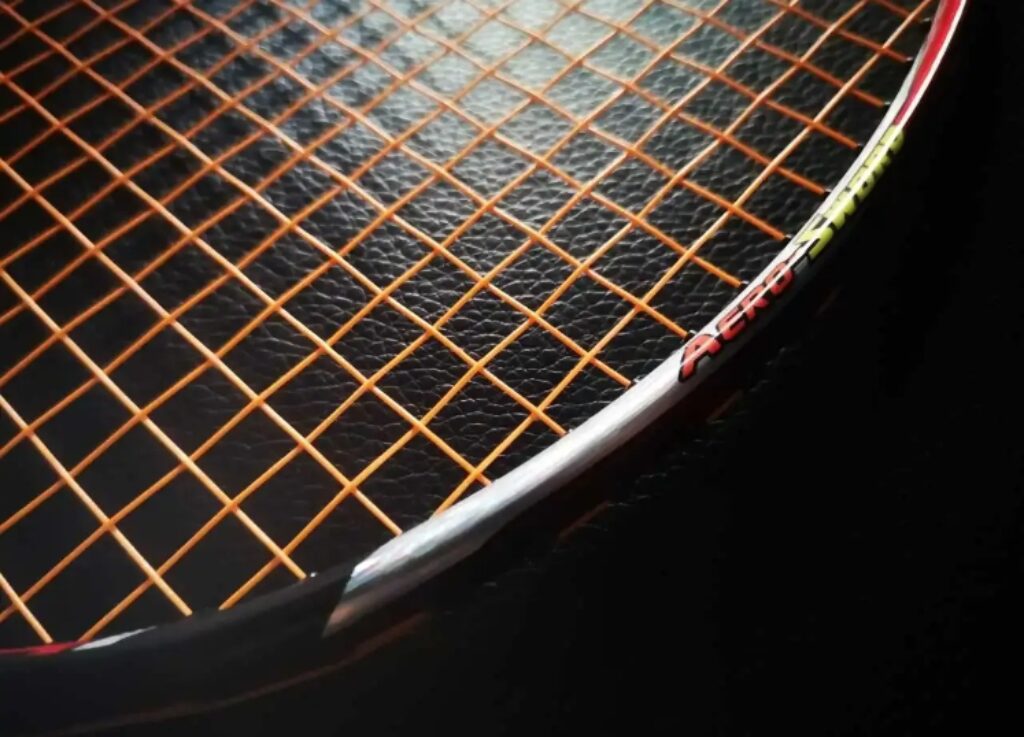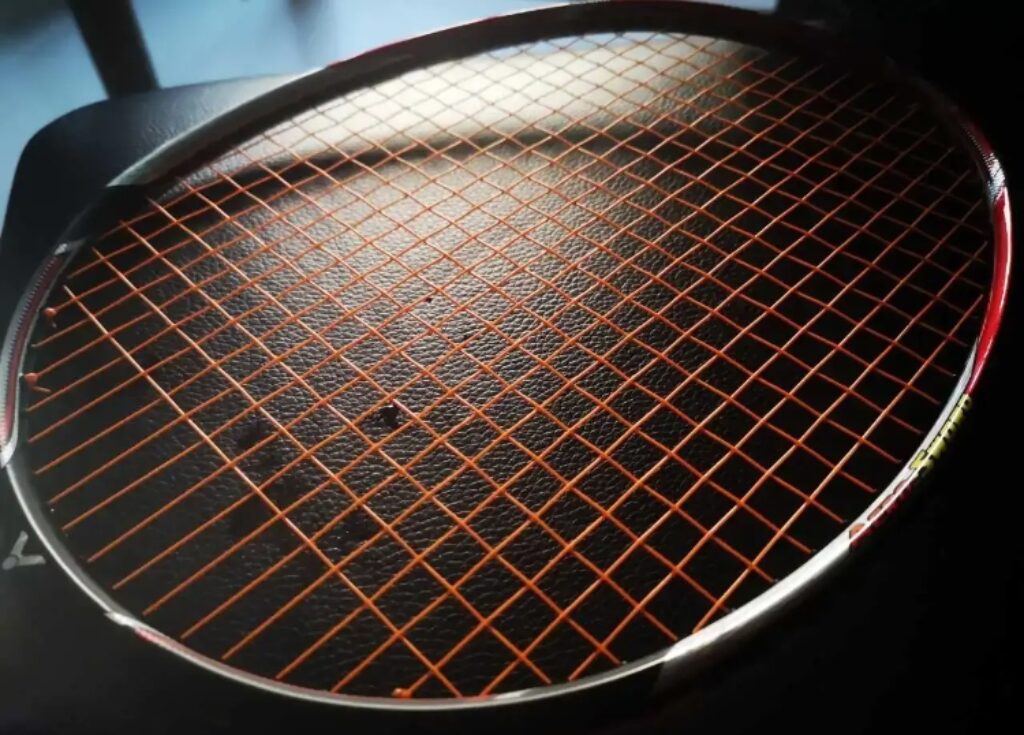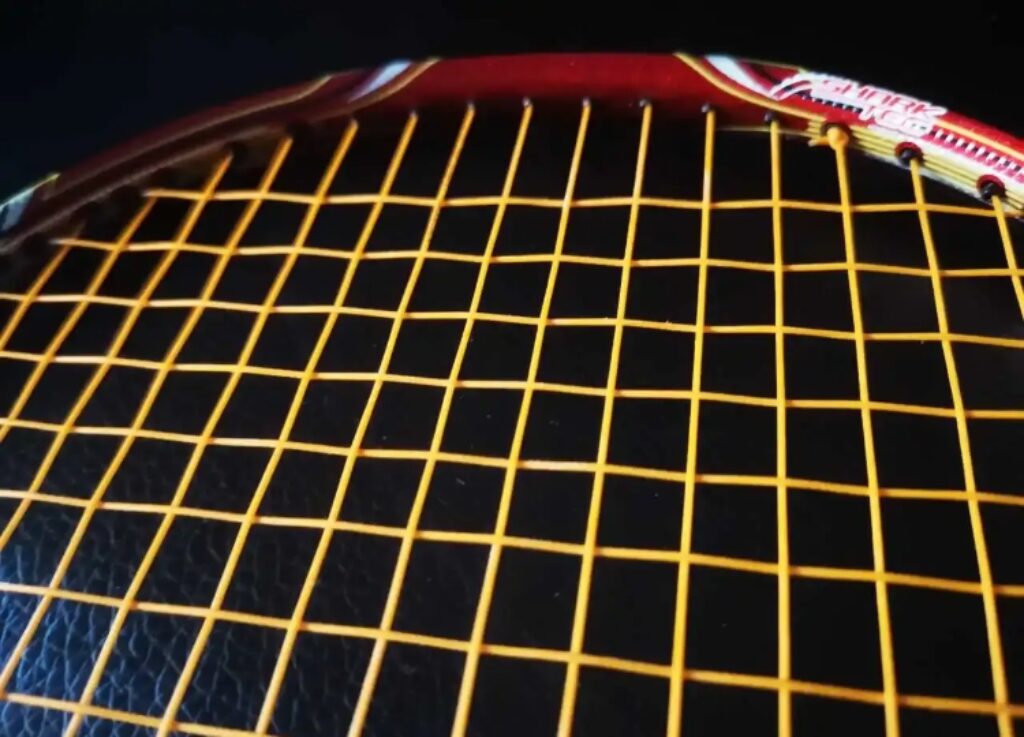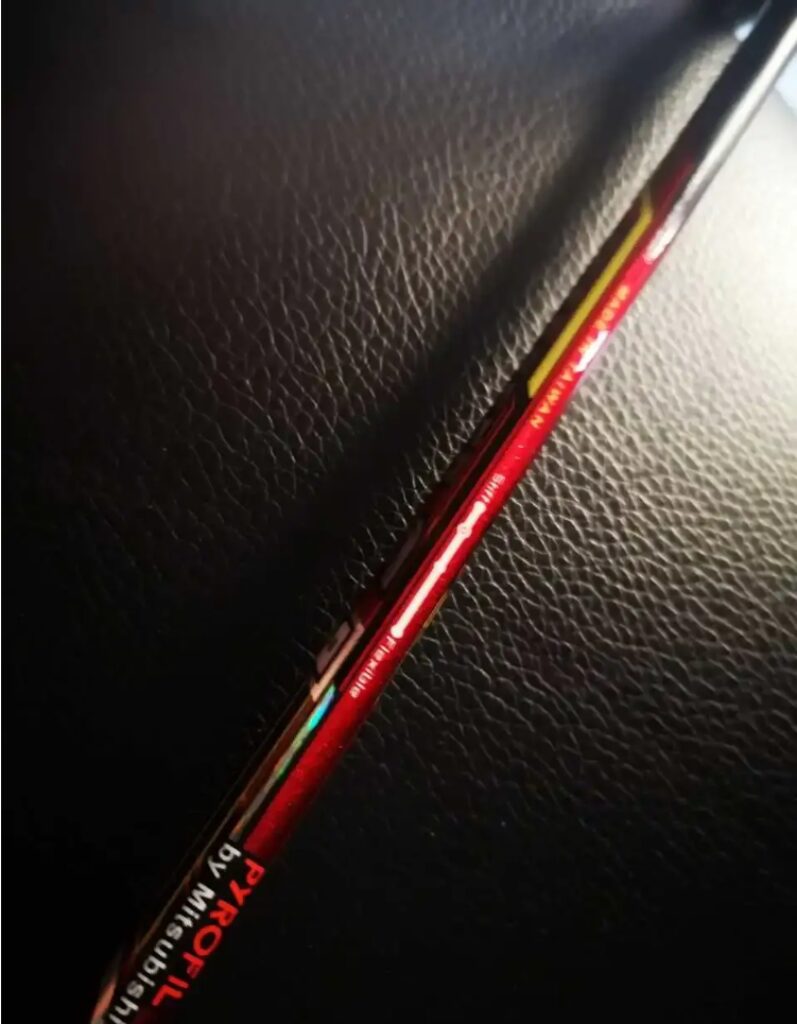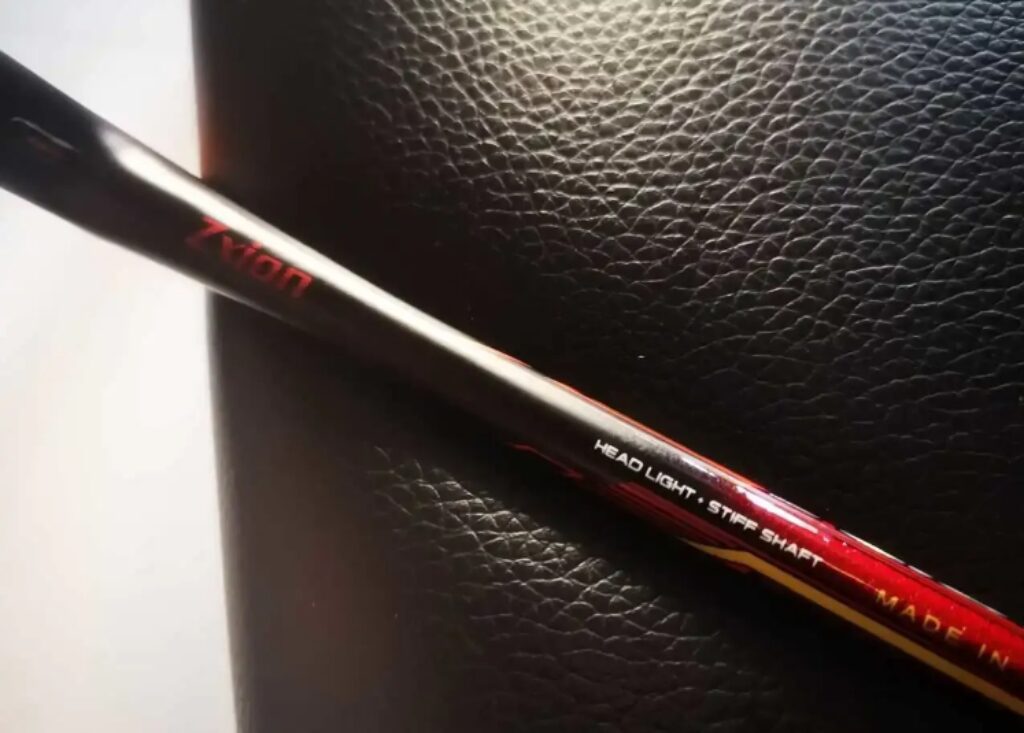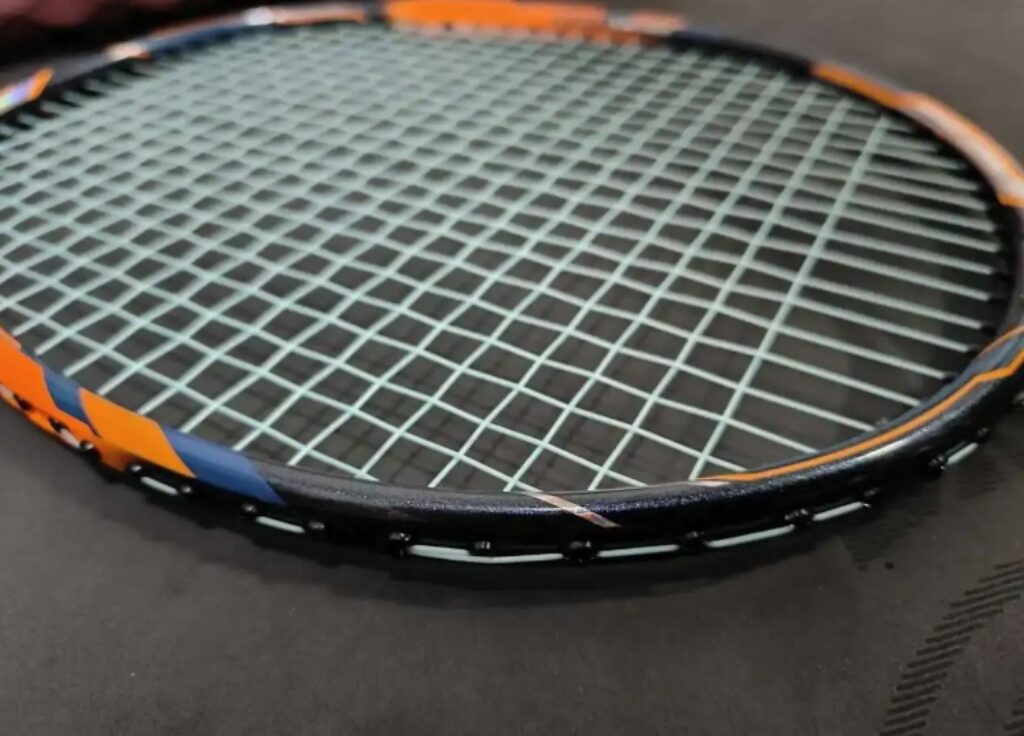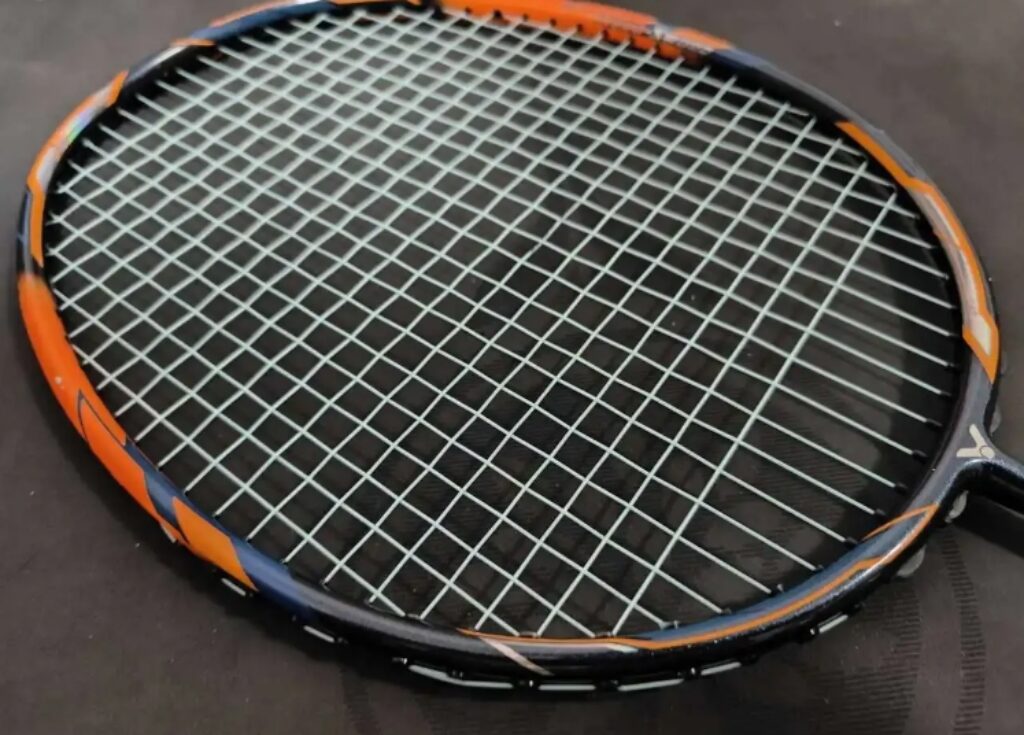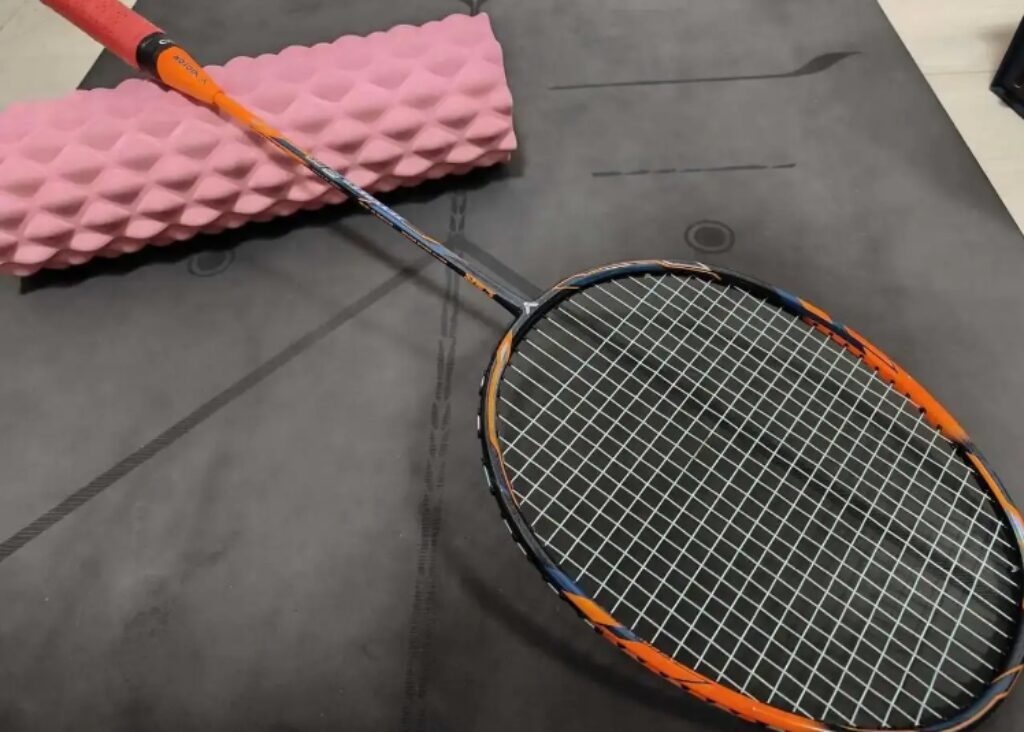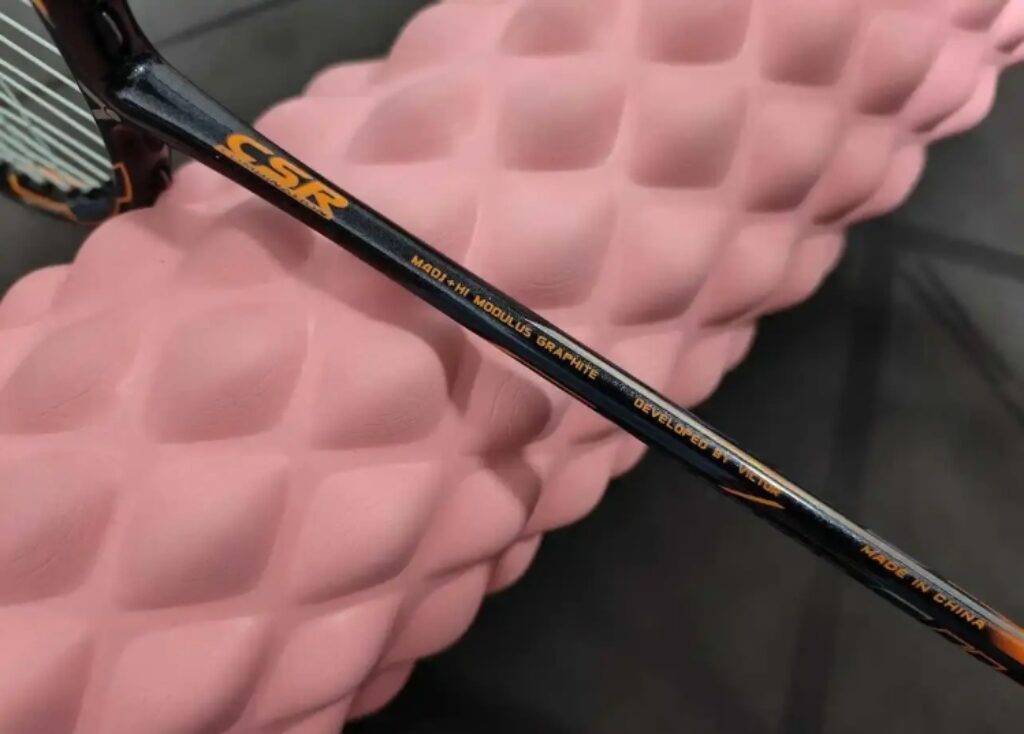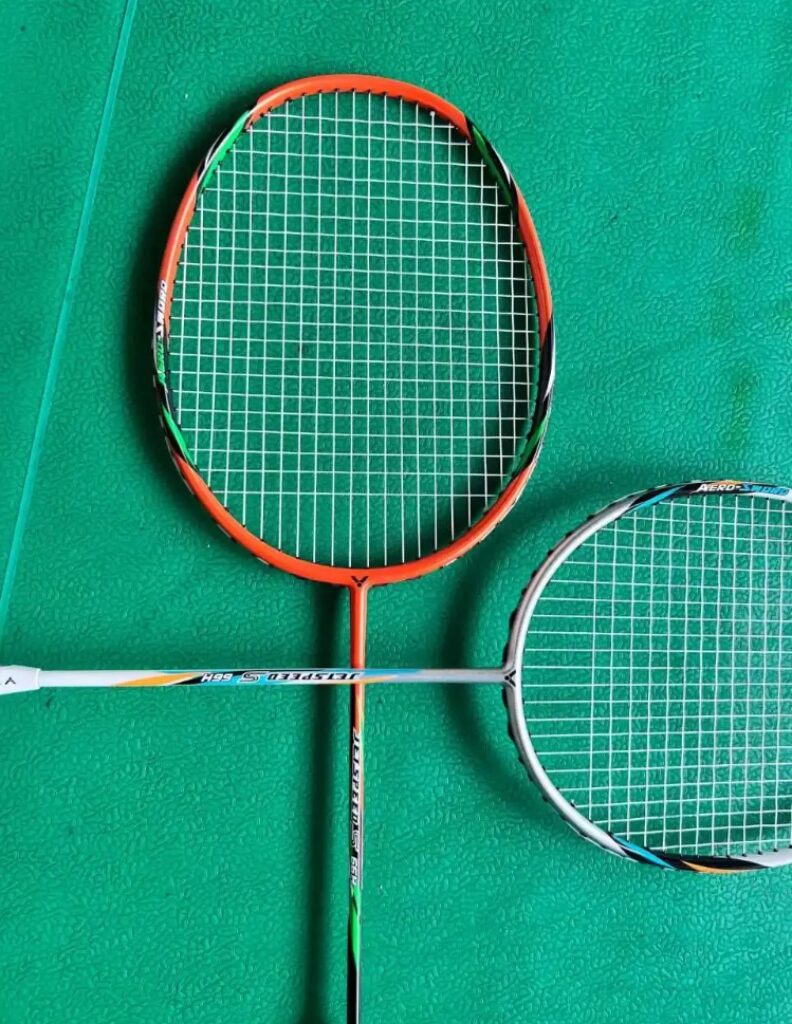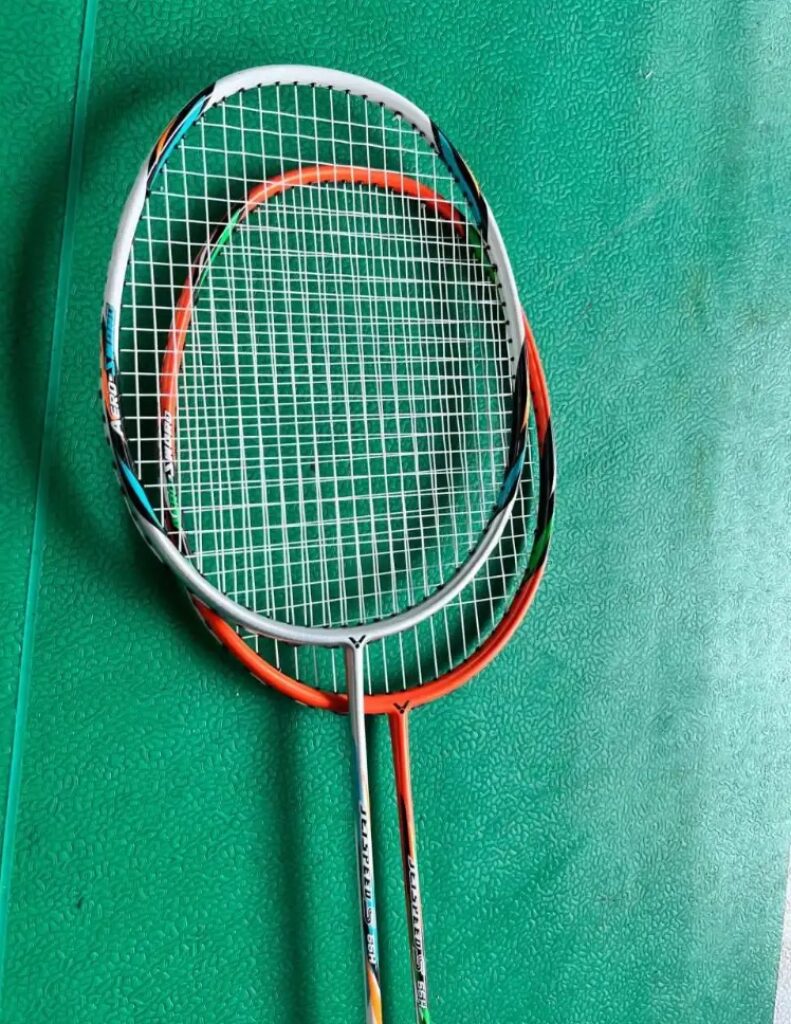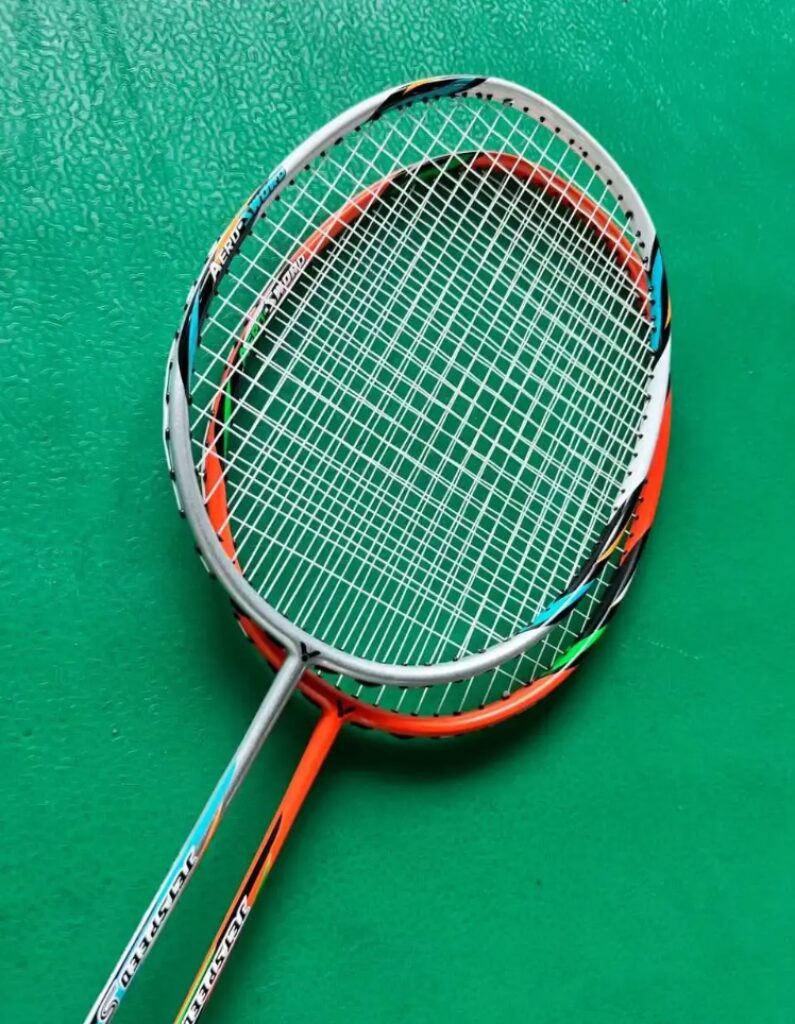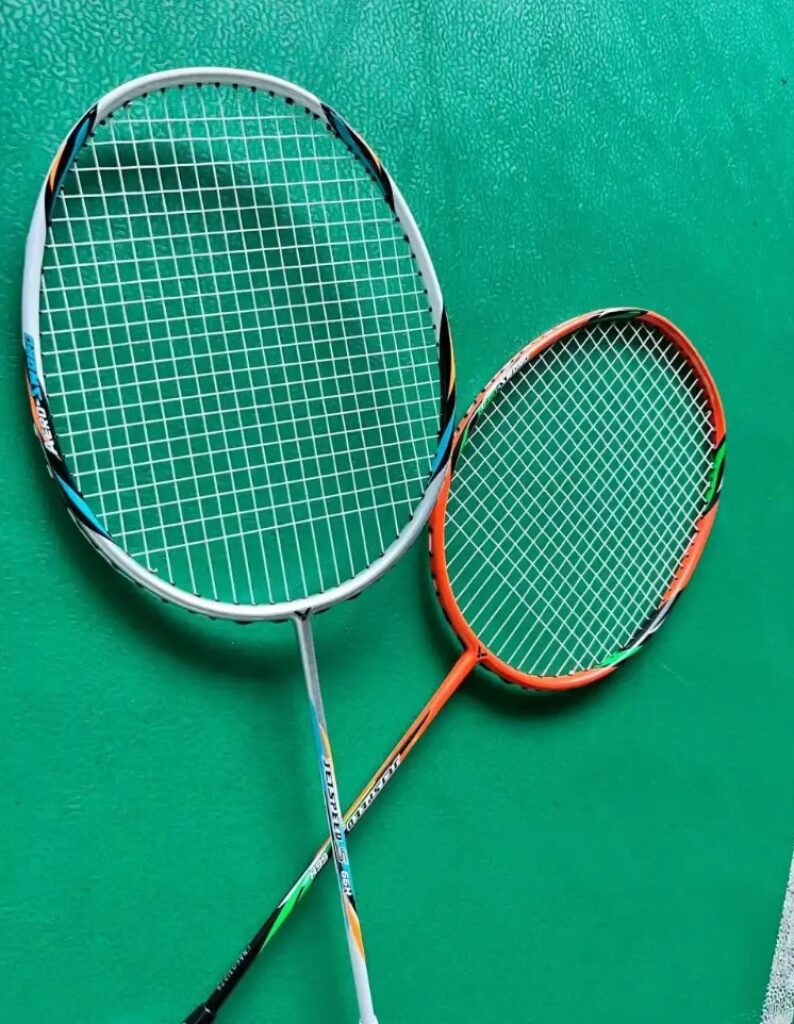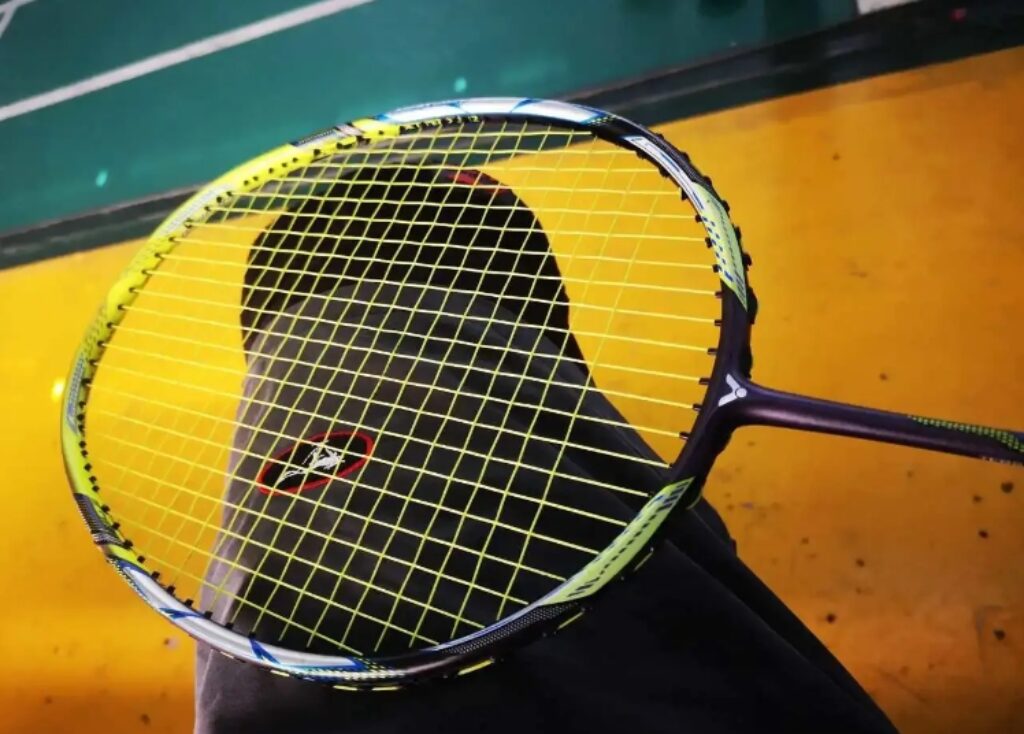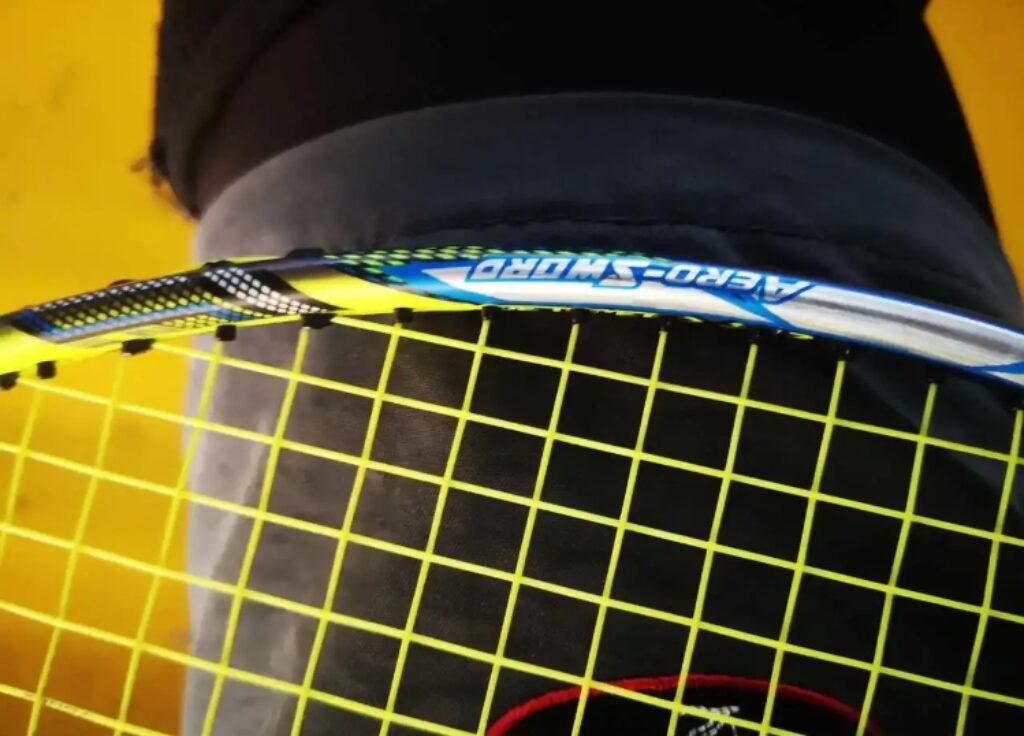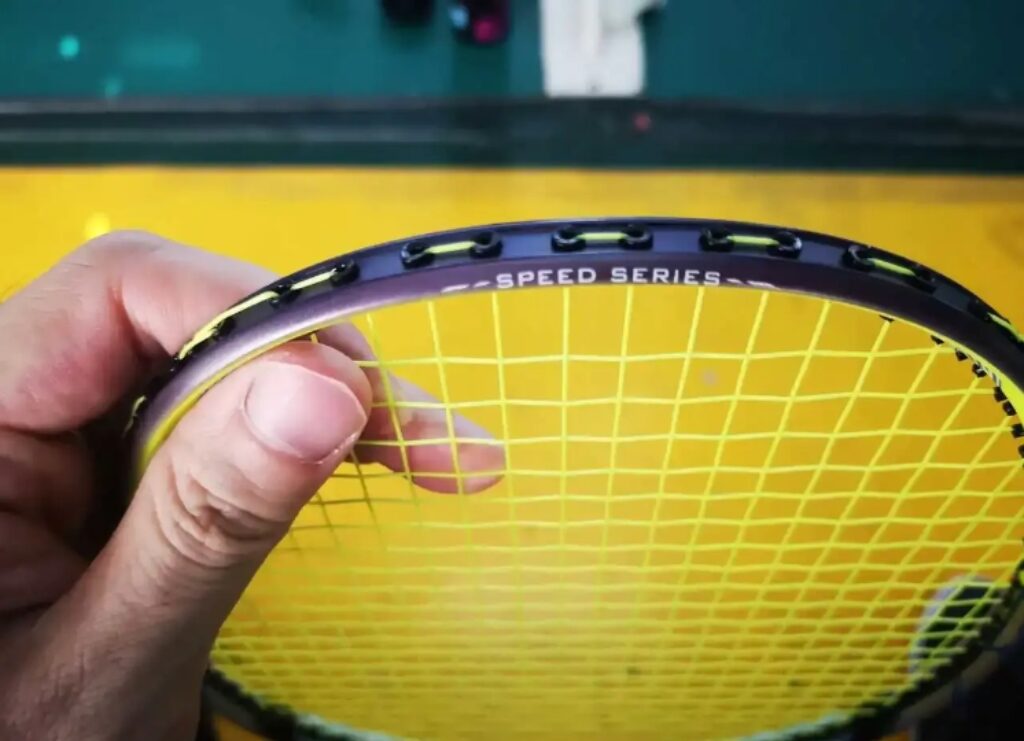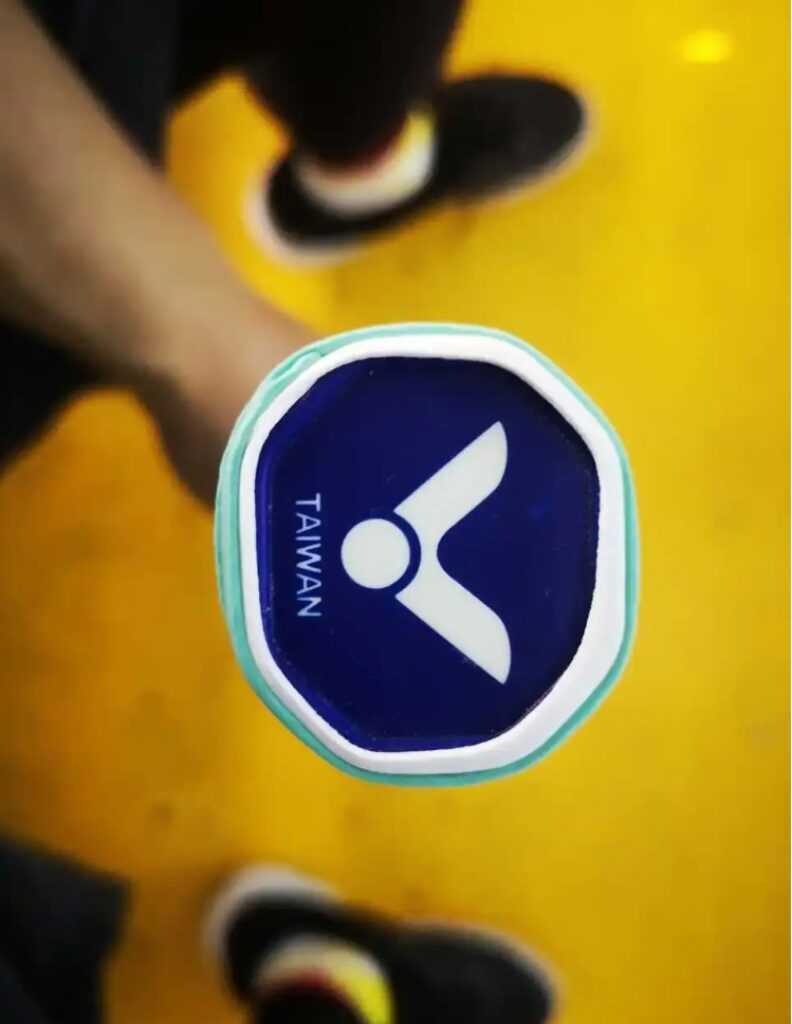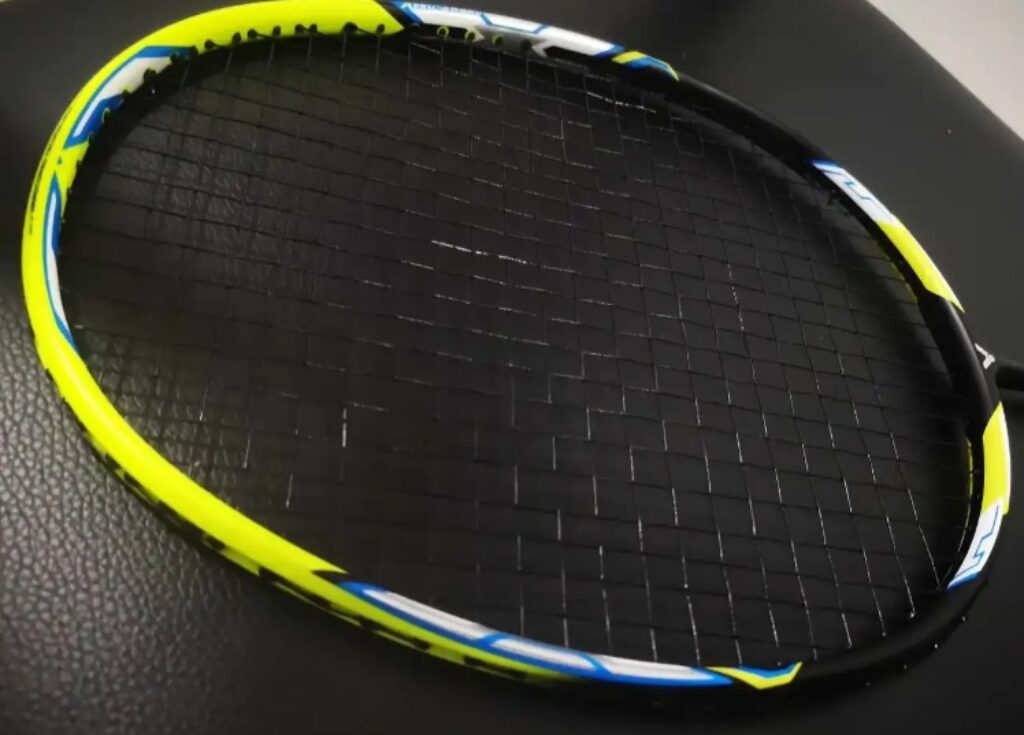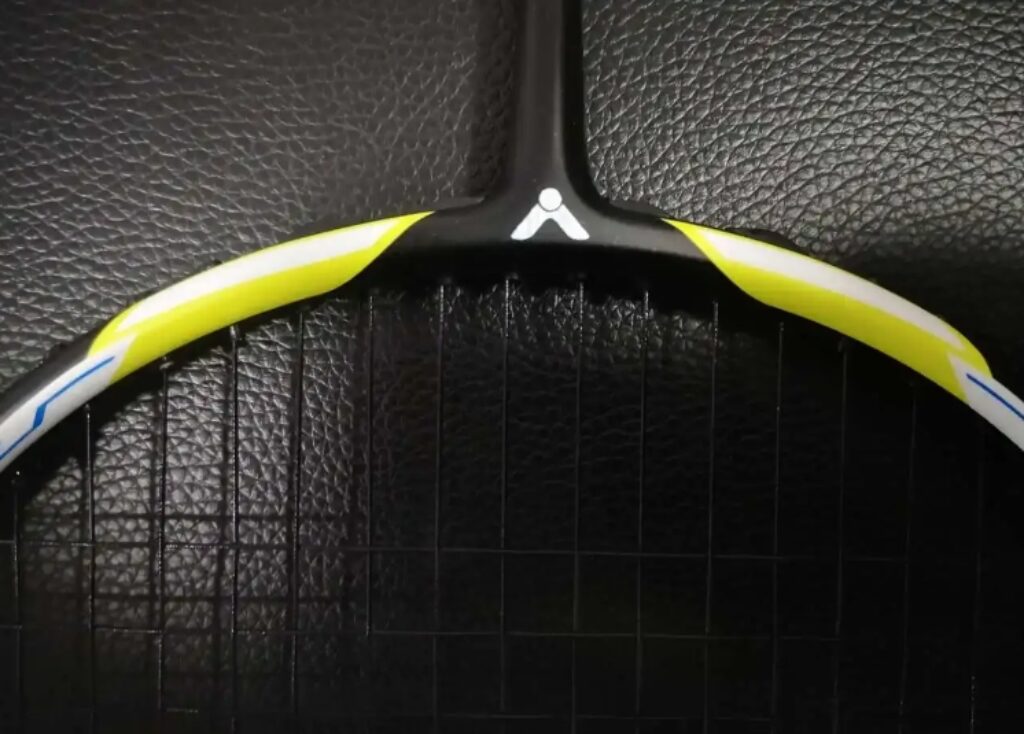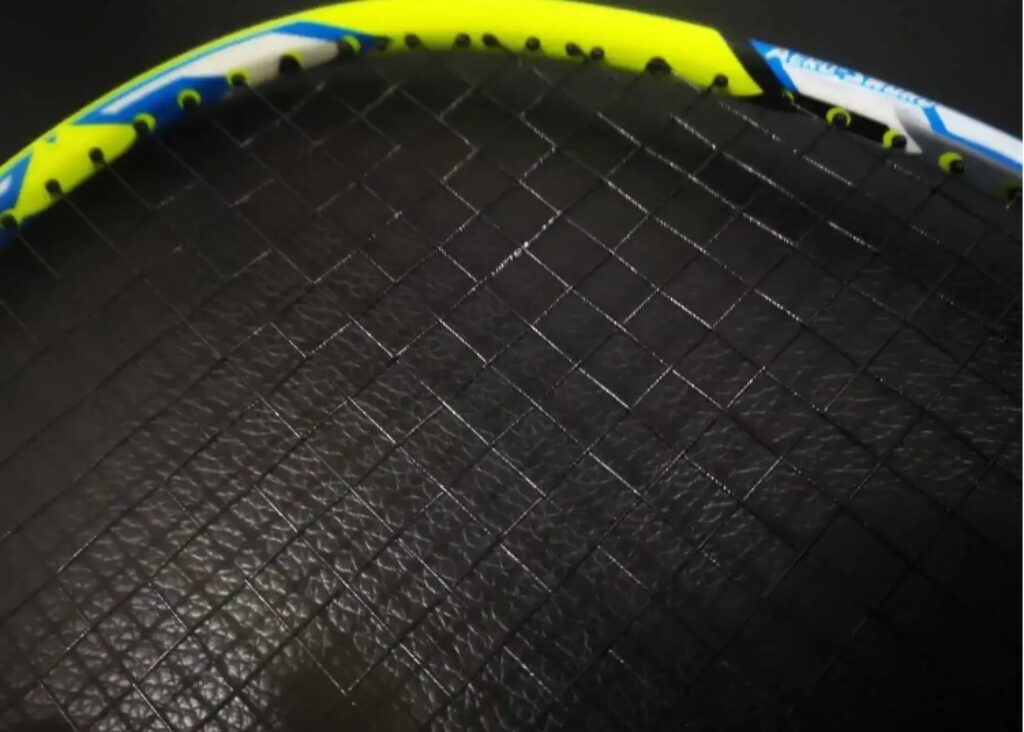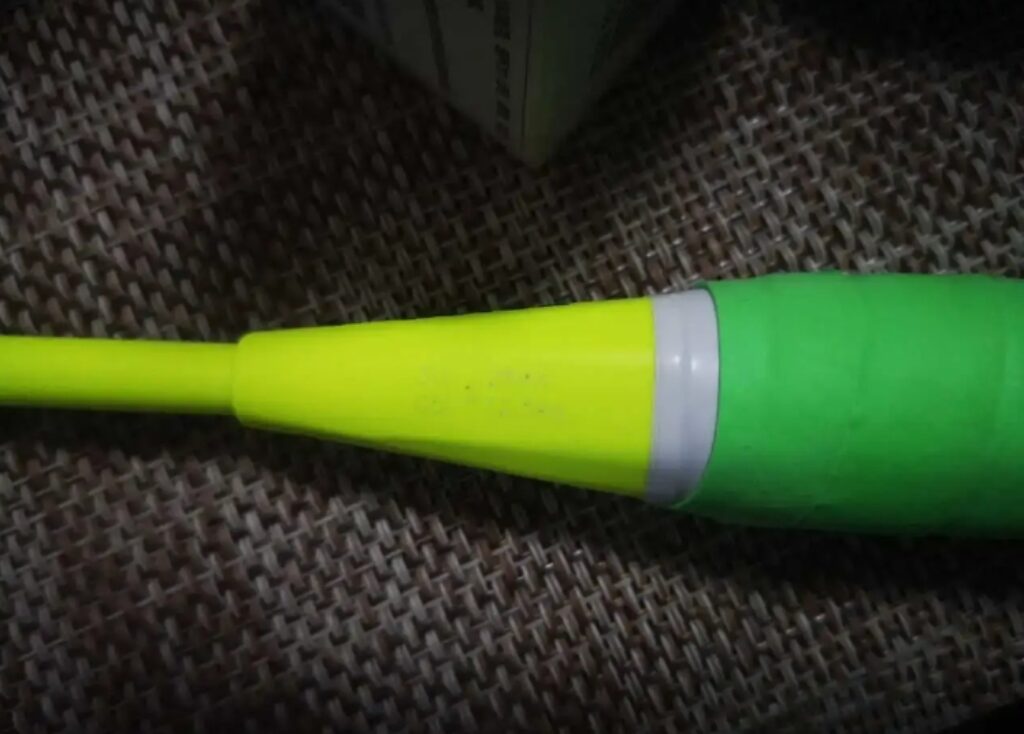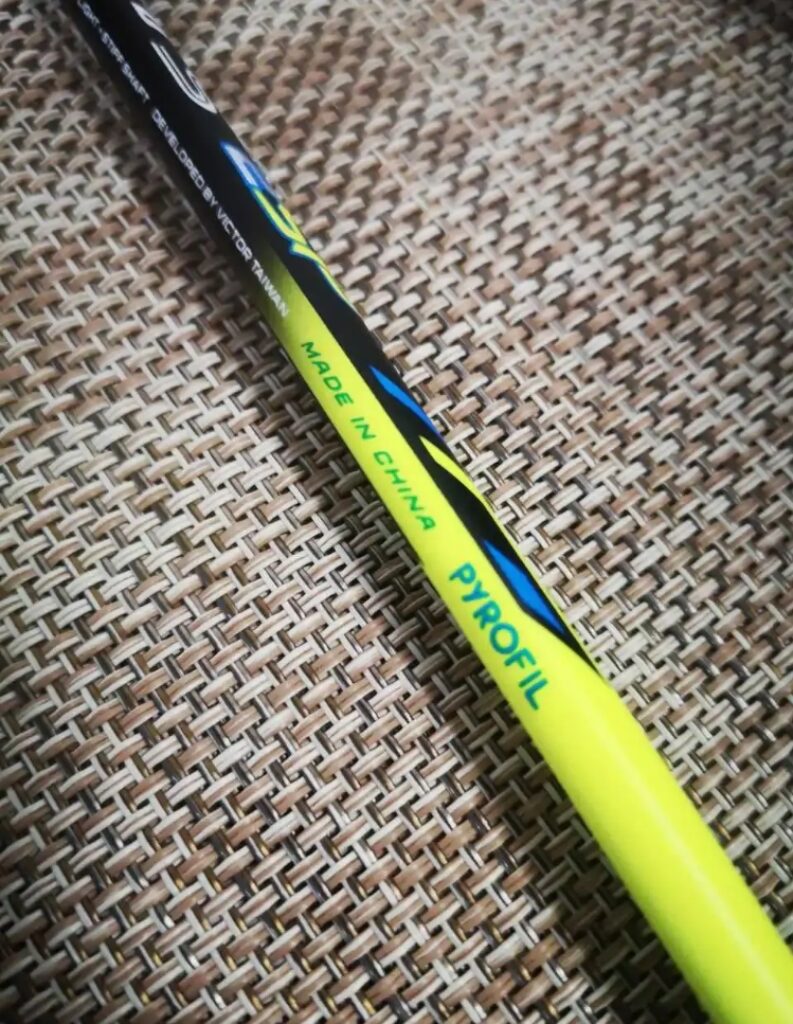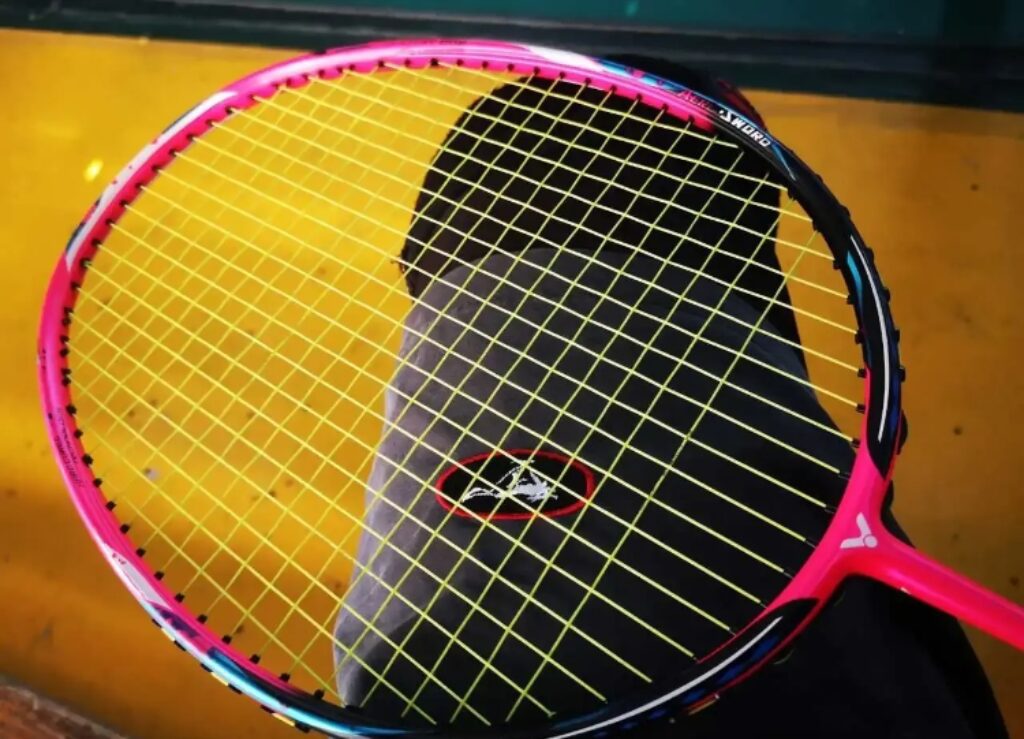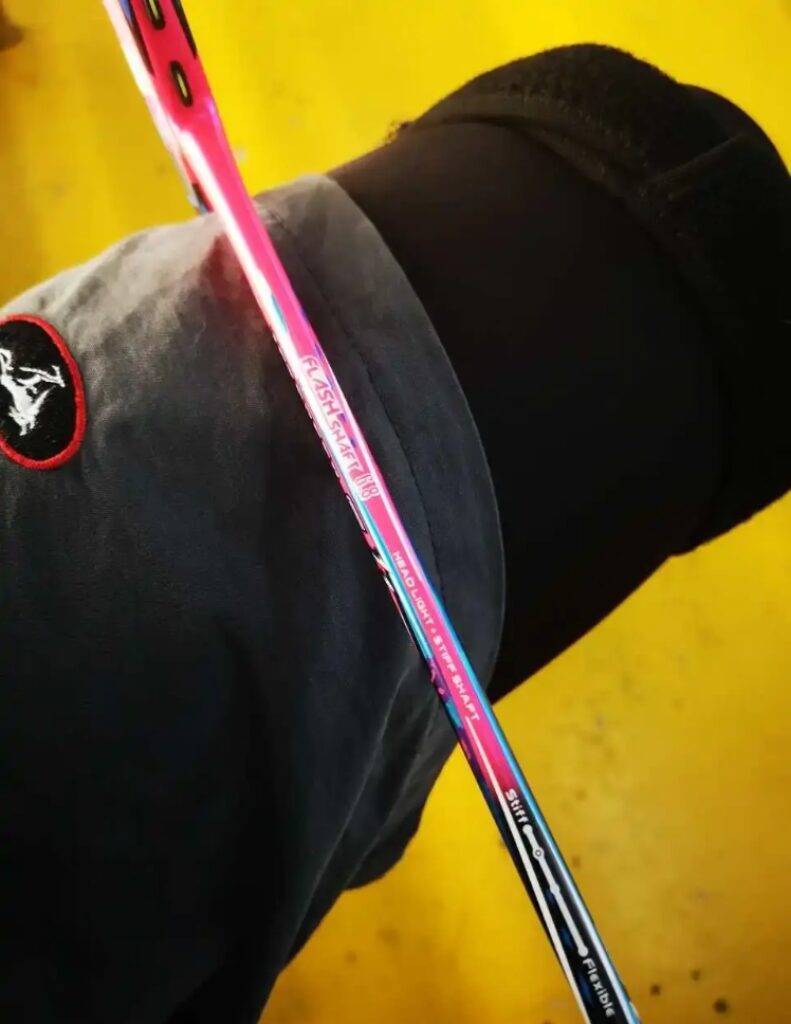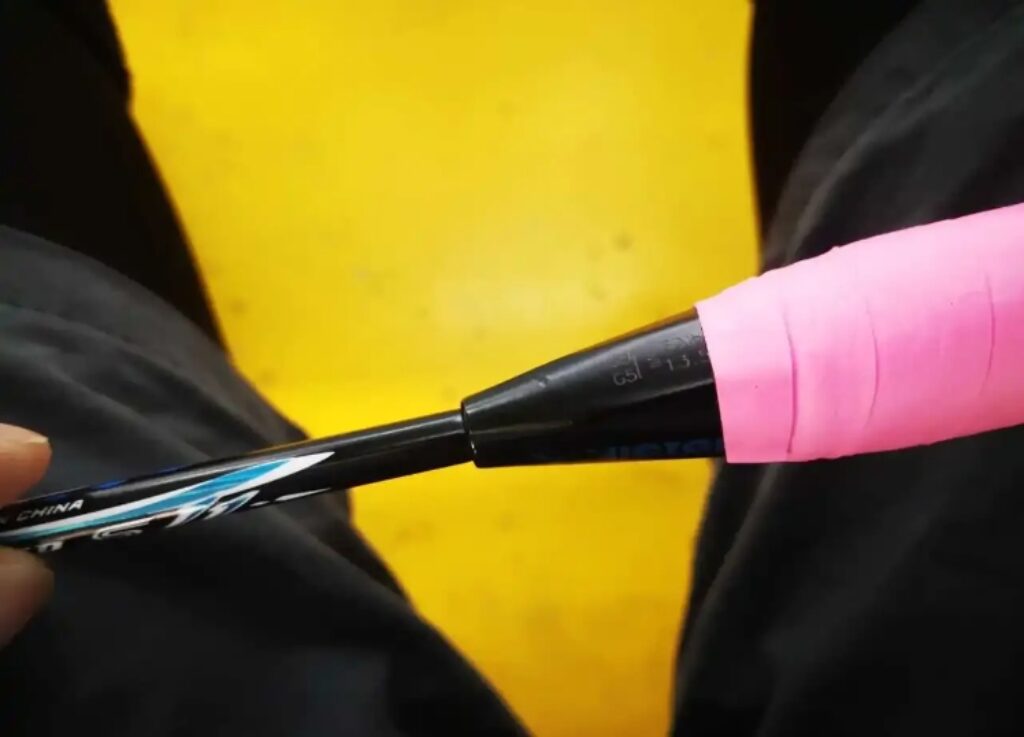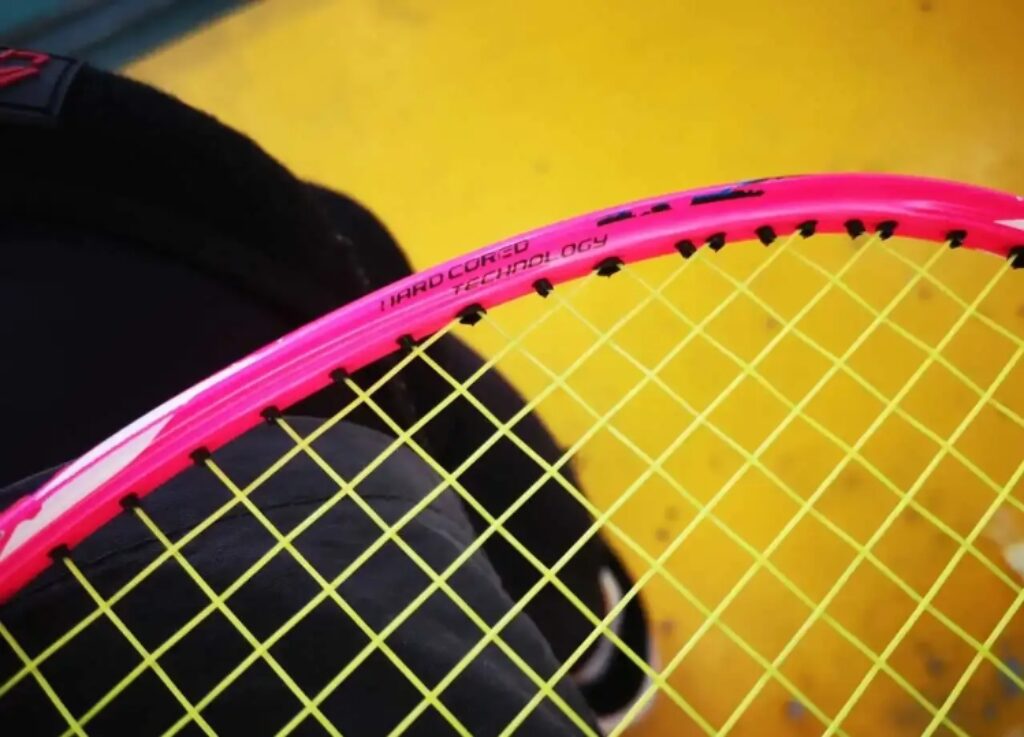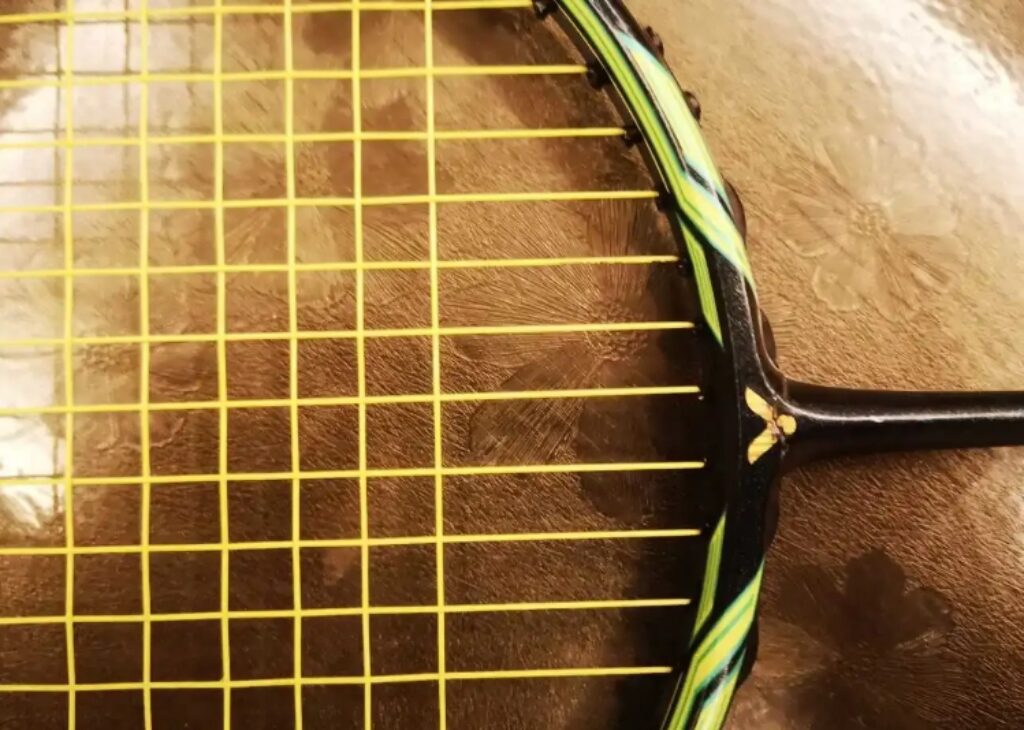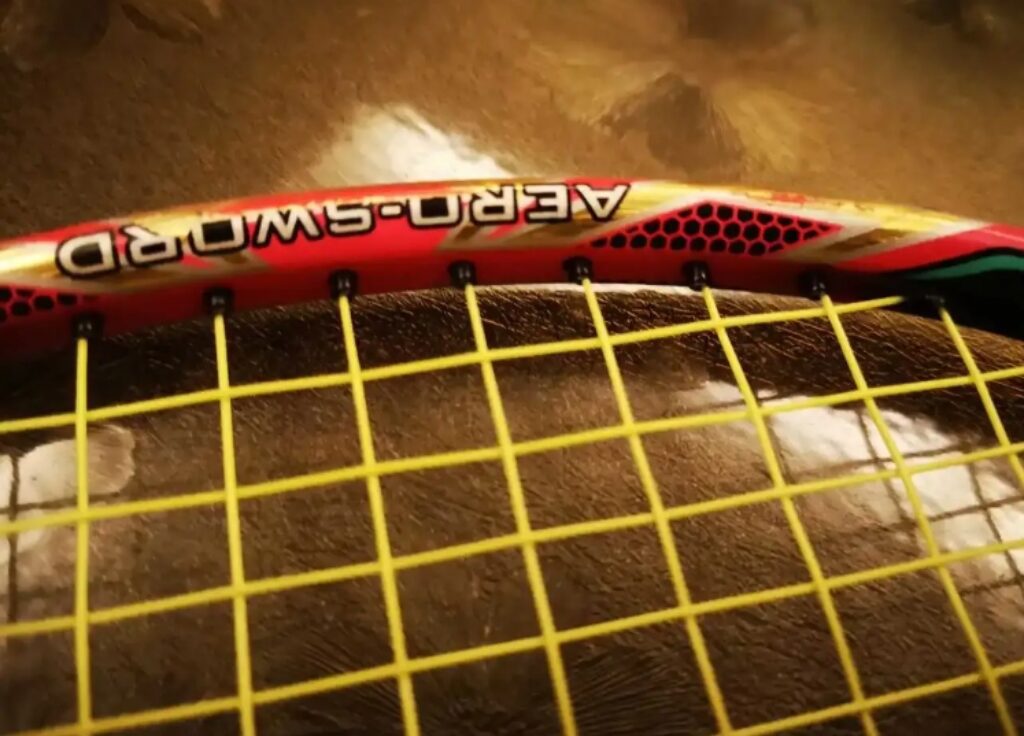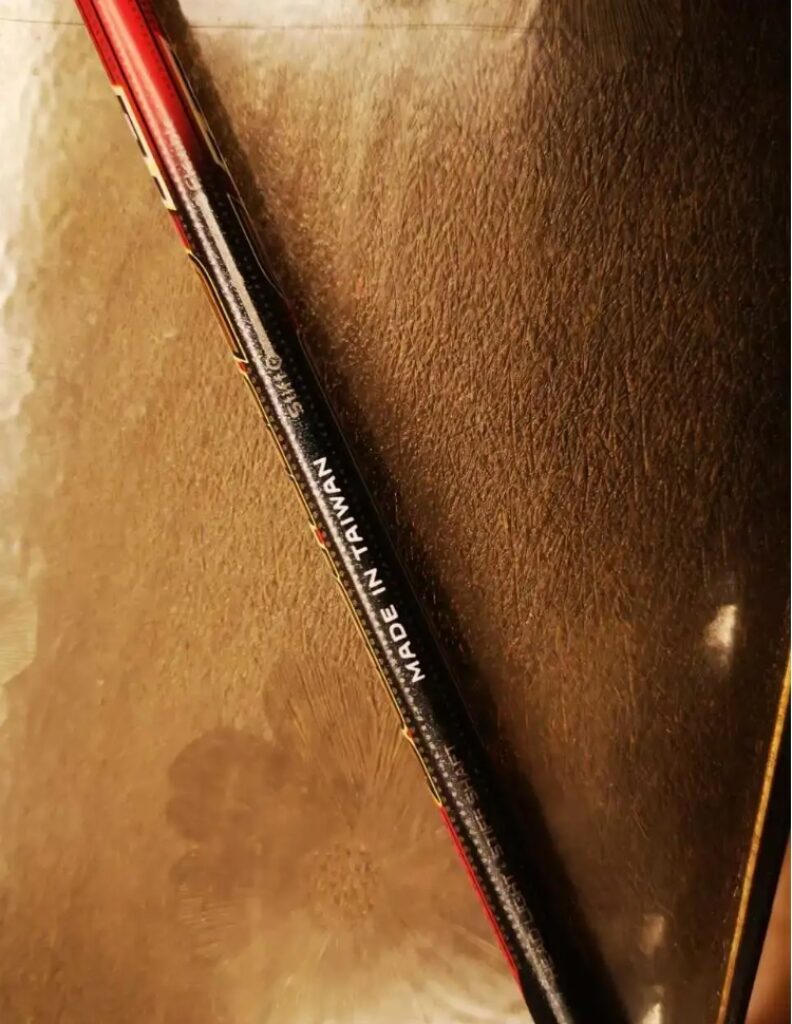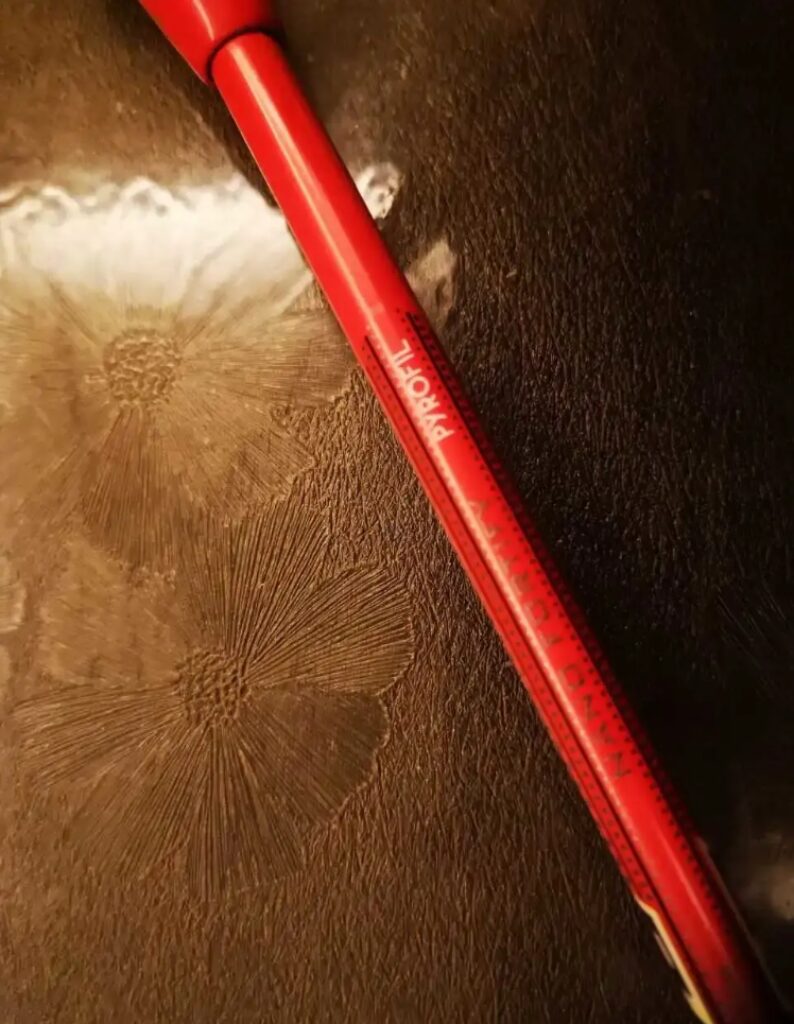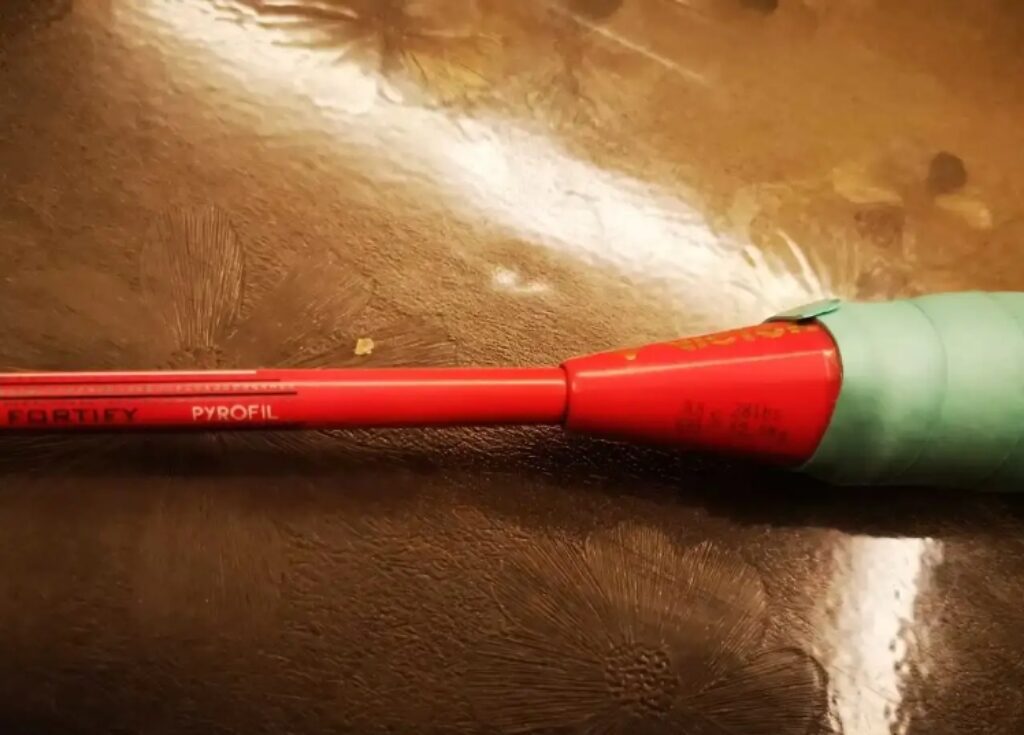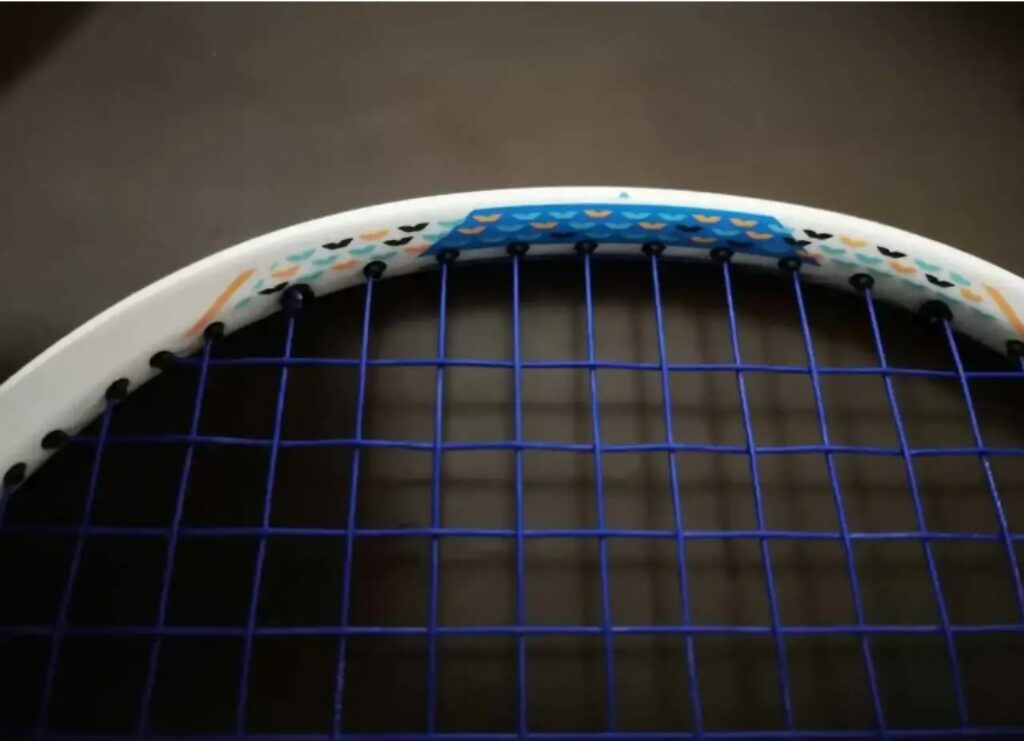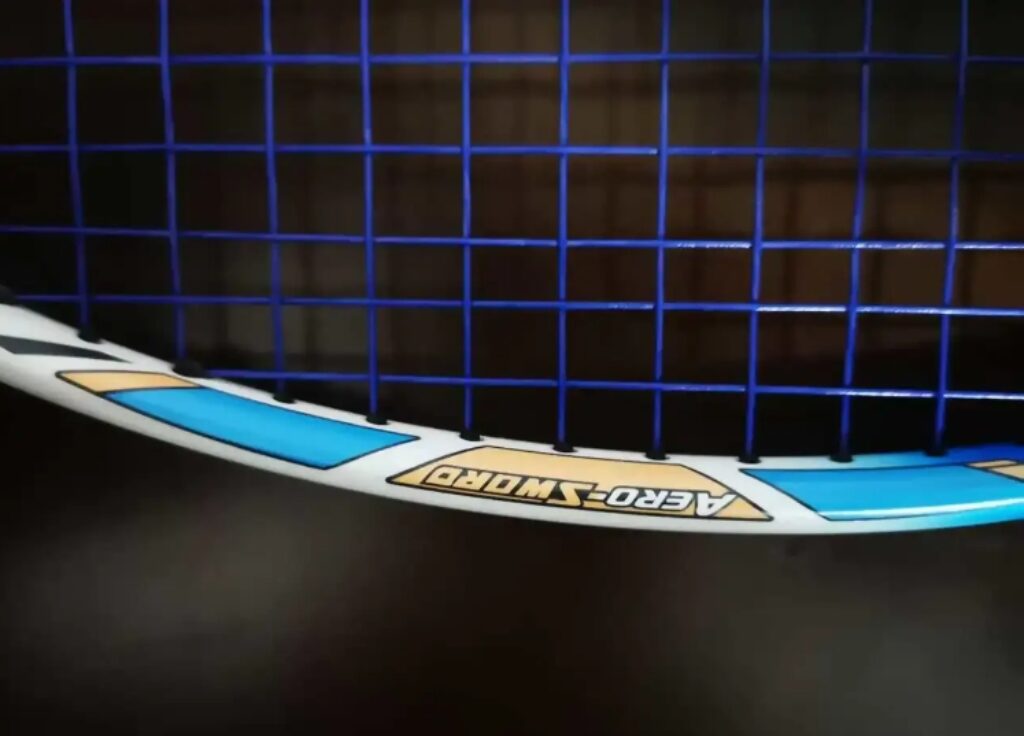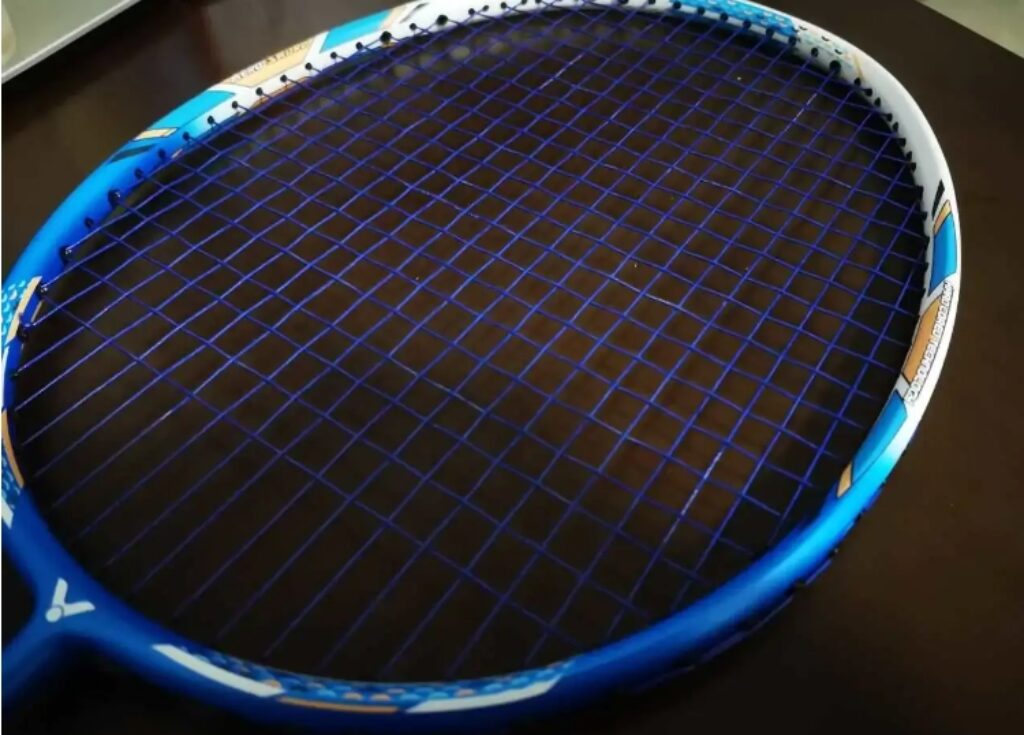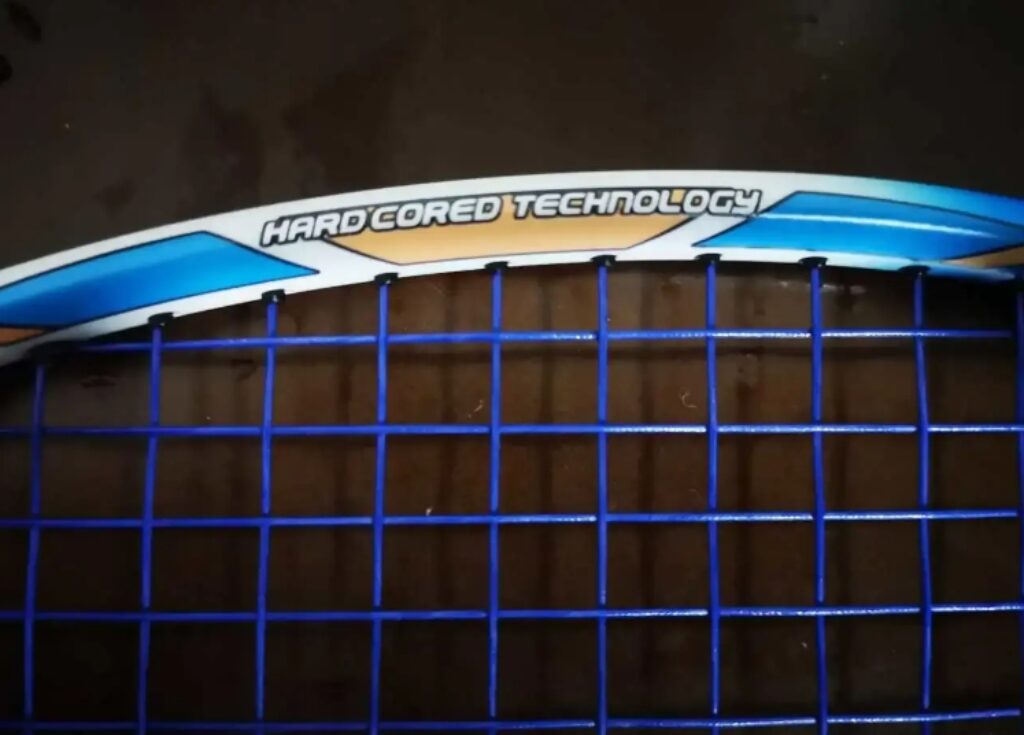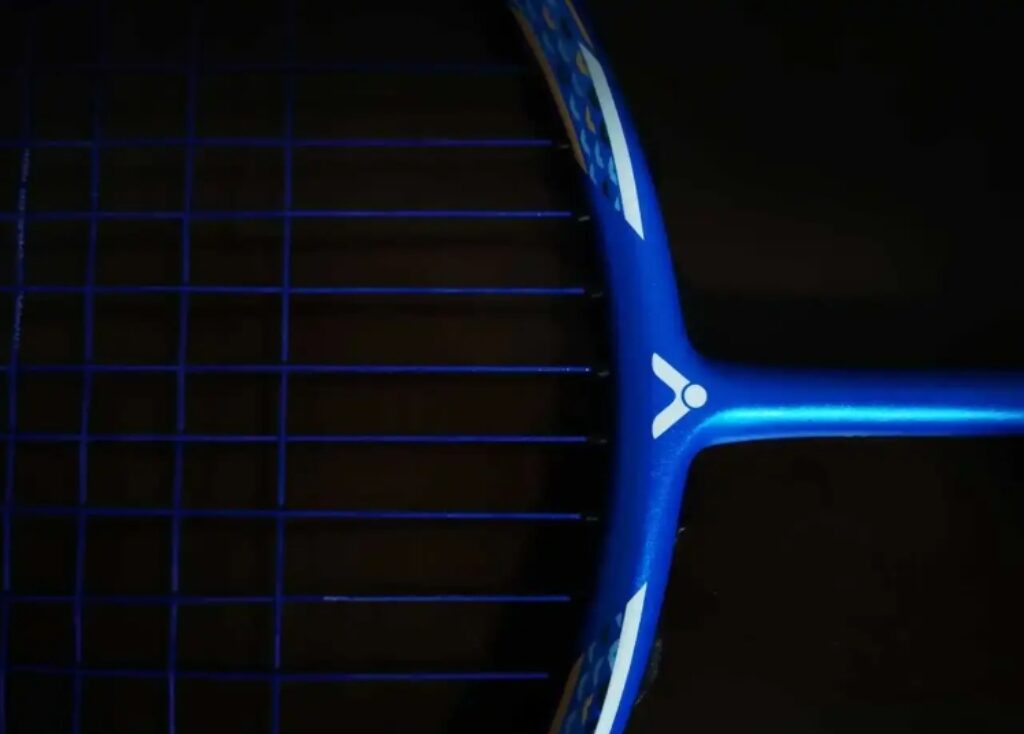The JetSpeed 8PS is part of the high-end series from the Blue Factory, and its placement within the lineup has been somewhat awkward, especially as I haven’t fully explored the versions that haven’t yet been updated. Launched a decade ago, the JetSpeed 8PS, once used by players like Liu and Ahmed, has generally had a lower profile. This is largely because models like the 10, 11, 12, and 12F have overshadowed it, and even the JetSpeed 9 has gained attention through retailer promotions. As a result, the JetSpeed 8 has found itself in a somewhat embarrassing position.
However, when it comes to using a racket, one should look at its performance rather than its advertisements.

Specifications: 3UG5, with cap, total weight 96.01g, balance point 294mm, 7.0mm shaft, 215mm long shaft, medium-high stiffness, wind-breaking frame, 76-hole string bed, 9–3 o’clock string grooves, 27lbs warranty, string tension 25-27lbs with VBS68.
I find that the appearance of the JetSpeed 8 is less striking compared to its siblings, primarily due to its color scheme. The silver-gray and blue of the 8ST are not very attractive, while the bronze of the P82 is somewhat better and more distinctive. However, compared to the fluorescent yellow of the JetSpeed 7 and the vibrant red of the JetSpeed 9, bronze seems like a somewhat outdated choice. The inner frame is coated with a silver-gray particle coating similar to the 8ST, and there are stickers at the 4 and 8 o’clock positions for visual separation. Despite decent layering, the 8PS still doesn’t captivate me.
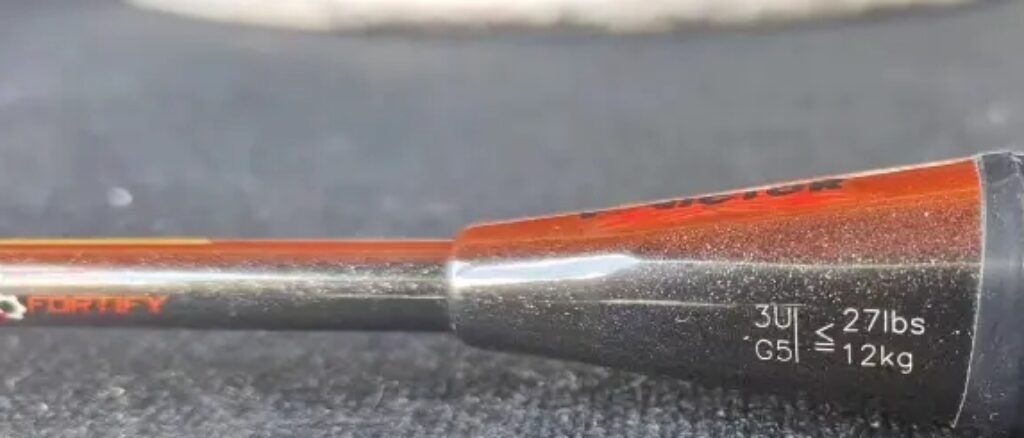
Moreover, despite being positioned as a high-end model, the materials used for the shaft are neither the familiar Babolat carbon nor the once-popular Flash Shaft, which is disappointing. Even though the shaft uses Nano Fortify and the frame incorporates the distinctive Sion fiber, it might still cause concern for those focused on material flexibility.

Currently, the best prices are for the 3U specification, which I don’t mind. However, the 3U 8PS is indeed not heavy and doesn’t have a particularly noticeable swing weight. The high-end rackets in the JetSpeed series usually have aggressive wind resistance reduction techniques, so the balance of the 8PS feels stable and fast. The racket feels good when powering up, with a slight leverage effect, and its large head makes it easy to find the sweet spot. Even when using a forehand clear while out of position, it performs well with its lower power requirements.
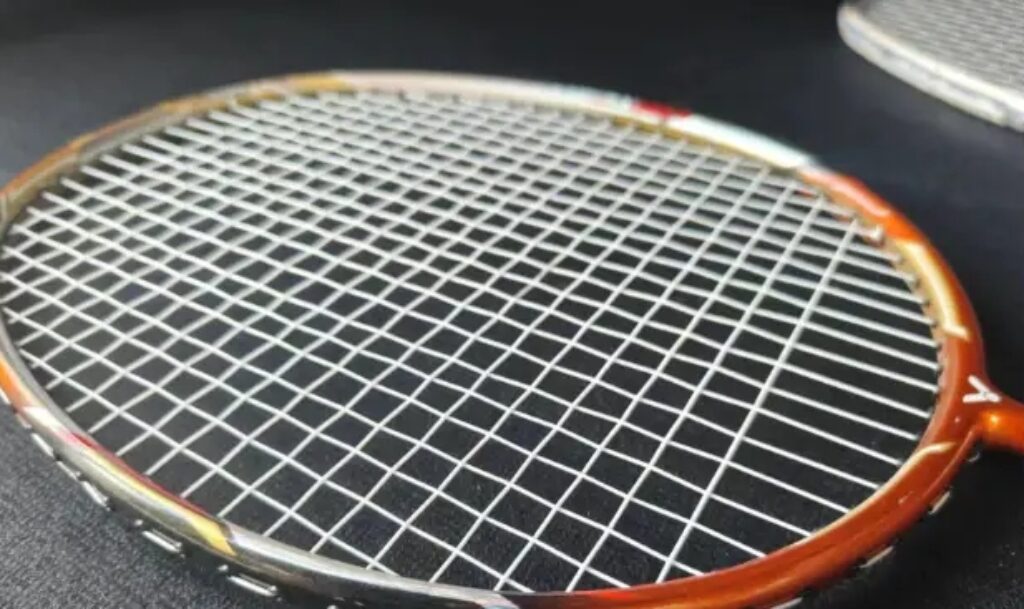
What surprised me was that due to the Sion fiber, the racket exhibited a stiff shaft but a softer frame, resulting in a very soft feel on impact. It’s like having an extra filter when taking photos—beneficial in terms of reducing shock and improving control of net shots, but the output is somewhat mushy, with a delay from power to shot. The official hardness markings on the shaft do not fully correlate with the actual feel; the overall performance isn’t as unyielding as expected.
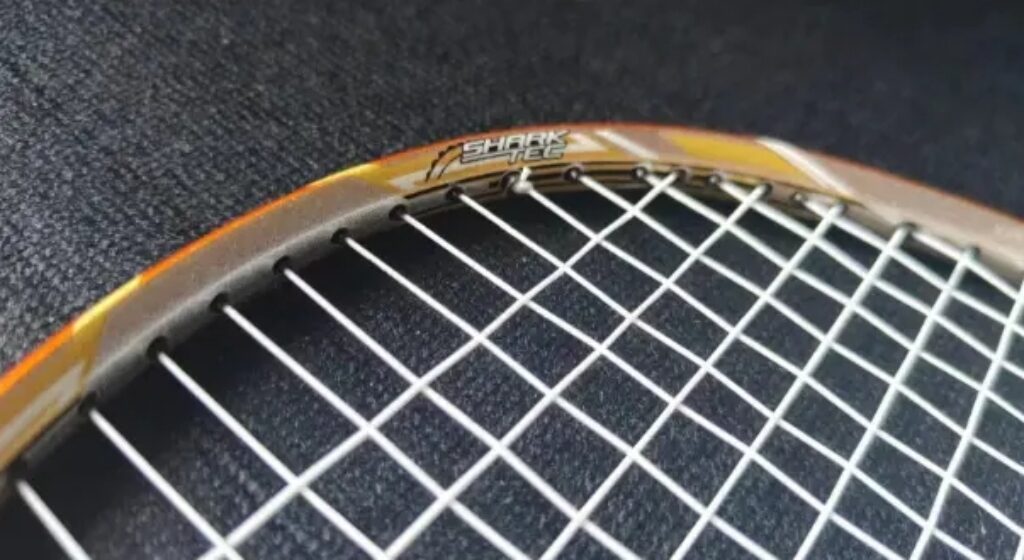
The 8PS is indeed fast, but not directly synonymous with agility. Even in the 3U specification, there is still a sense of restraint in fast-paced flat drives. It can be cumbersome when handling shots near the body or chasing down balls. Additionally, the racket’s face tends to feel less crisp compared to my usual speed rackets. While the final output is stable and powerful, it doesn’t come out faster. I often adjust my position slightly further back in doubles when using the 8PS.
The 8PS does offer a good feel for net shots, especially if one doesn’t seek aggressive, decisive play. Despite its increased weight and stiffness compared to the 8ST, it exhibits stable and fast characteristics. Although its continuity may be somewhat limited, it is quick in the first shot and beneficial for sudden intercepts at the net or detailed net play. As long as the user is not in a hurry, its power rhythm can handle most passive shots effectively. Whether it’s reducing tempo after prolonged corner control or transitioning to a net shot or deep shot, the 8PS instills confidence in “staying steady and returning the shot.” With its large, slightly sticky face, defending against strong attacks or angled blocks is also manageable.
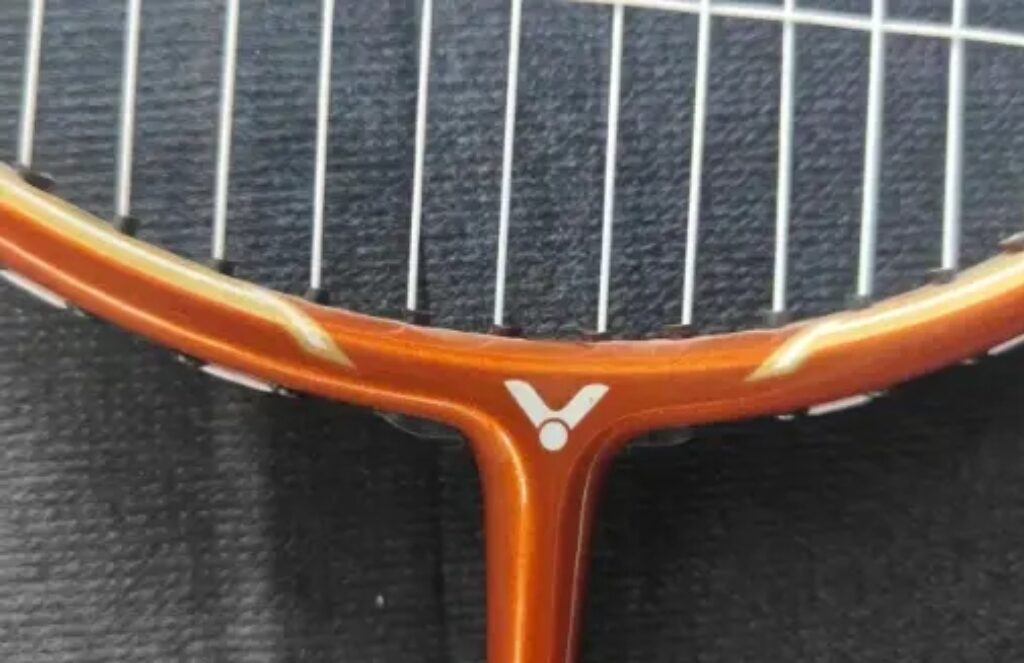
The most controversial aspect is its power transmission. I did not expect a racket once favored by professional power hitters to have such a mushy feel in smashes. After powering up, the energy that should be concentrated at the head of the racket feels somewhat disconnected at the face, leading to less satisfying feedback. Although the actual shot outcome is acceptable, it disrupts confidence in my attacks, often leading me to adjust my backcourt shots. Reflecting on it, the Sion fiber rackets seem to offer better performance for Ahmed’s downward shots.
The 8PS may not be a racket suited for relentless power play, even though it’s not difficult to handle and has a high potential. Its somewhat peculiar nature may not appeal to all consumers. The frame is indeed fragile, with many 8PS rackets requiring repairs on second-hand platforms, and the 27lbs warranty might not be sufficient. It has a somewhat quirky temperament compared to the straightforward feel of the JetSpeed 9 and, like the 8ST, requires more adaptation from its users.
